Differentiable holography
Laser & Photonics Reviews, 2023
Abstract
We present differentiable holography that takes optical system imperfections (Fig. 1) into account in inverse holographic imaging, demonstrated by successful auto-focused complex field imaging from a single-shot inline hologram obtained with various setups.
(1) We incorporate system imperfections into the imaging modeling with $f(x, \theta)$, where $x$ is the target and $\theta$ is a collection of imperfection parameters. (2) The challenging inversion of the forward model is solved with differentiable optimization algorithm. With this we can achieve complex field imaging from single-shot inline holograms without the use of additional hardware.
Experimental results
| Holography type | I: Plane illumination | II: Spherical illumination | III: Lensless holography | IV: with fiber bundle1 |
|---|---|---|---|---|
| Setup | 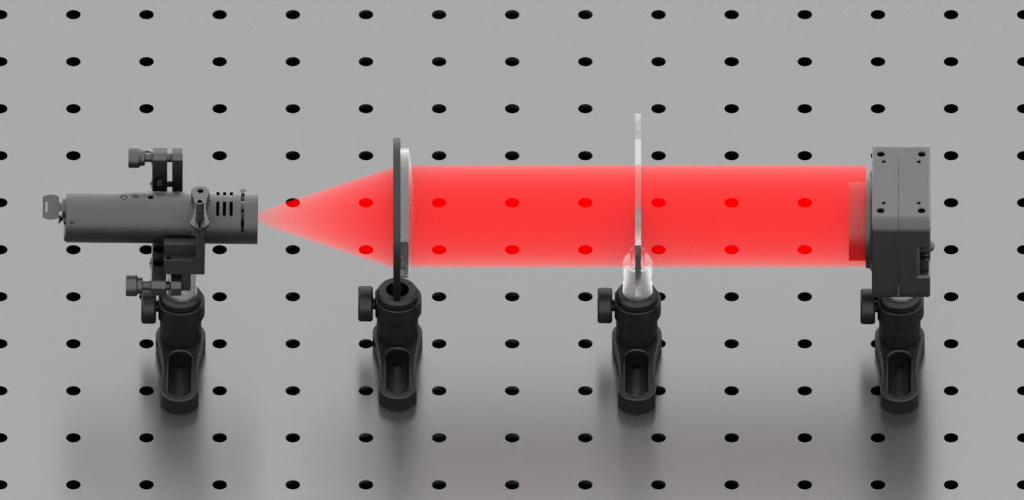 |
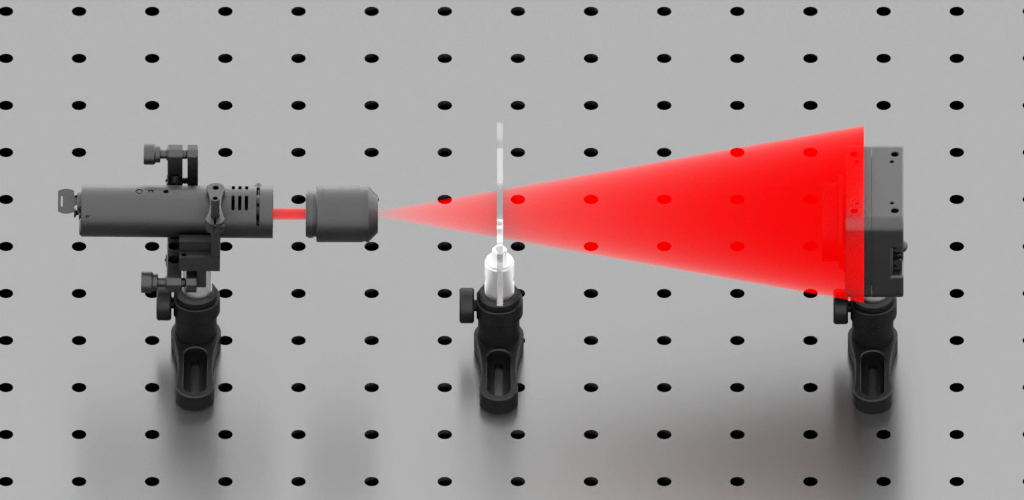 |
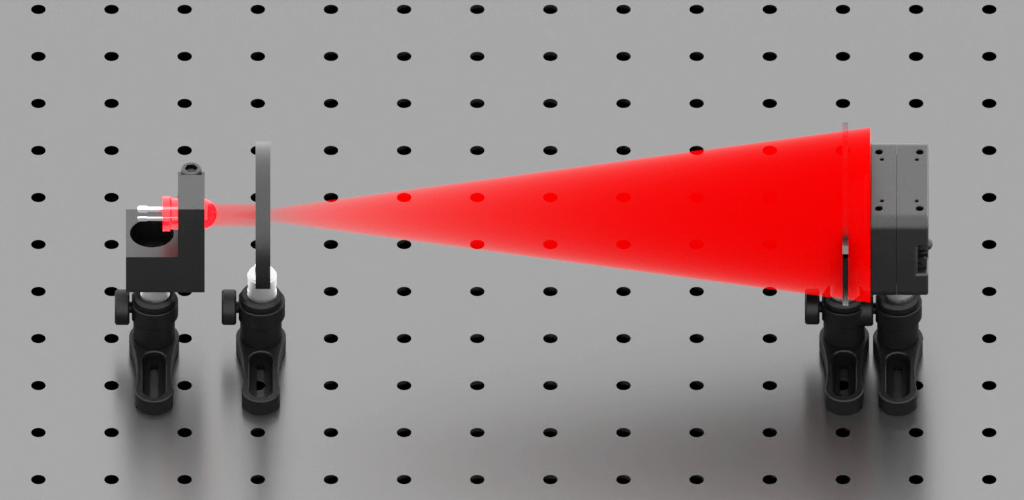 |
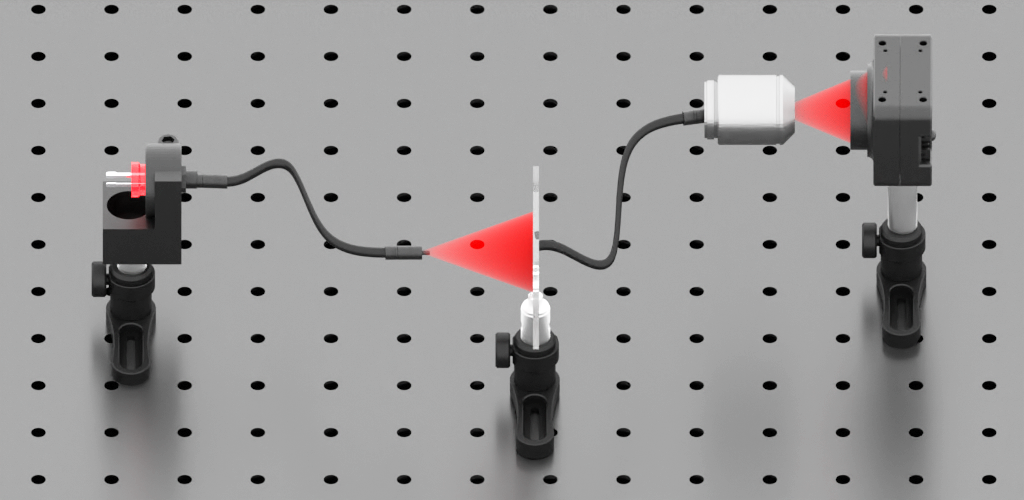 |
| data | setup type | hologram | BP | Our method |
|---|---|---|---|---|
| KAUST logo | I | 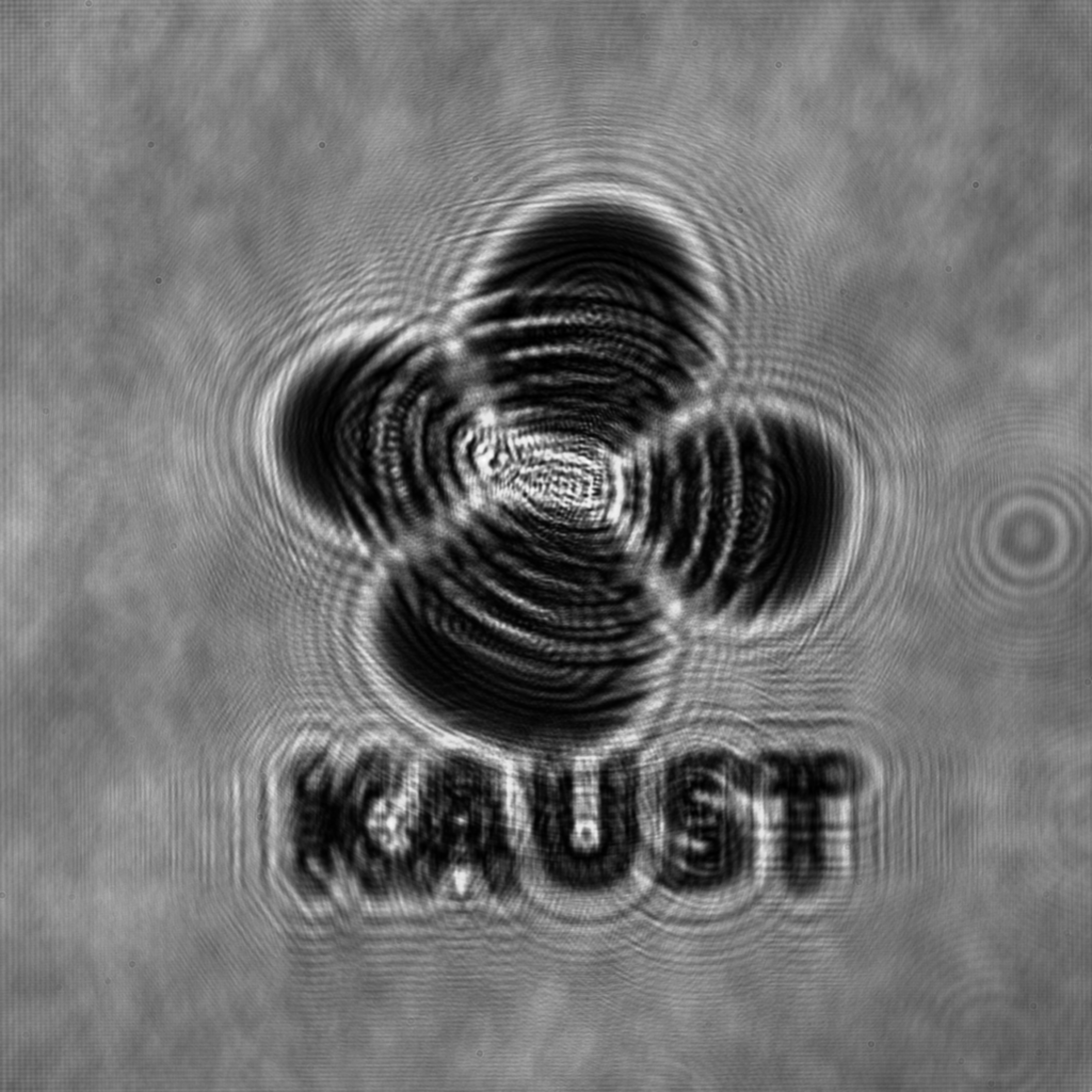 |
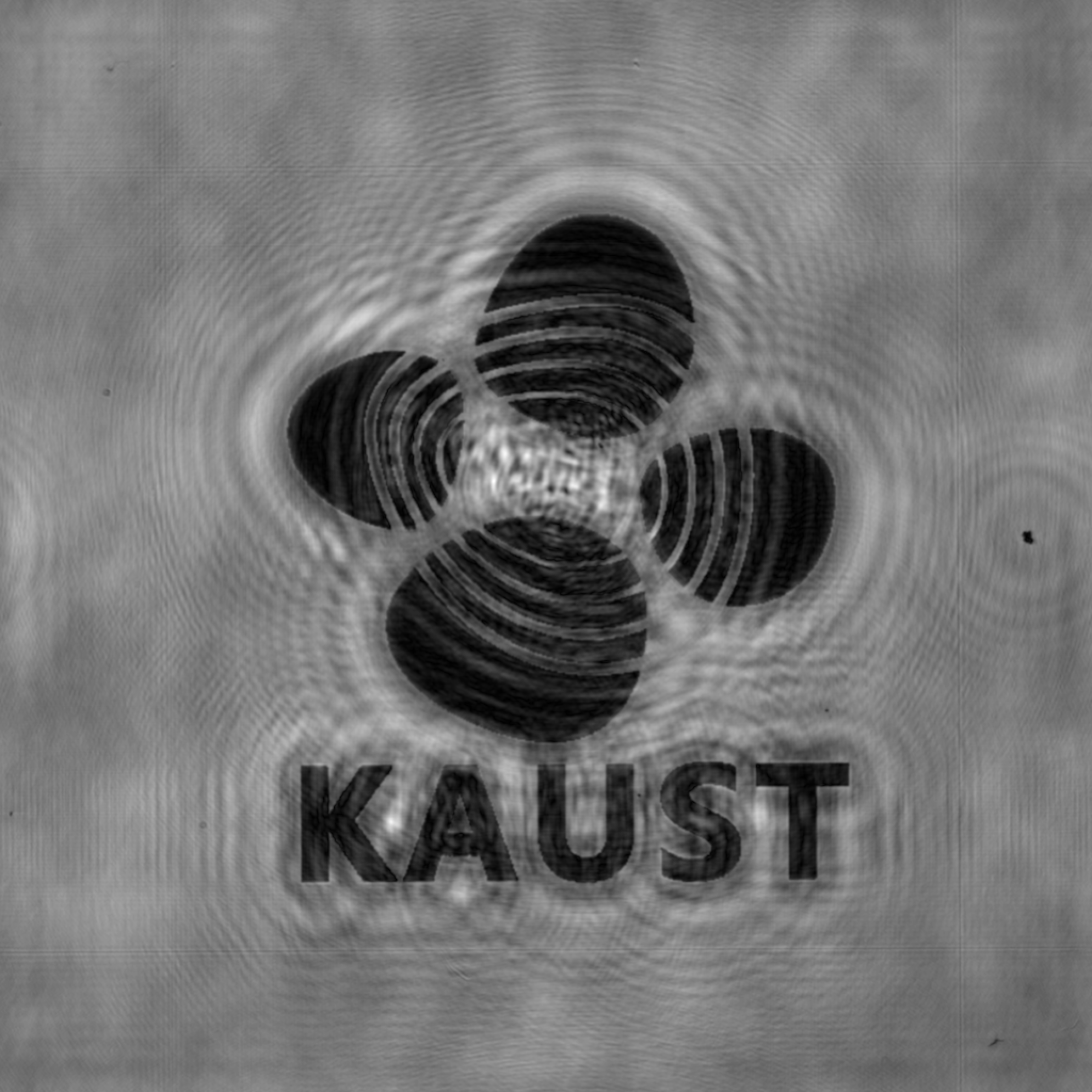 |
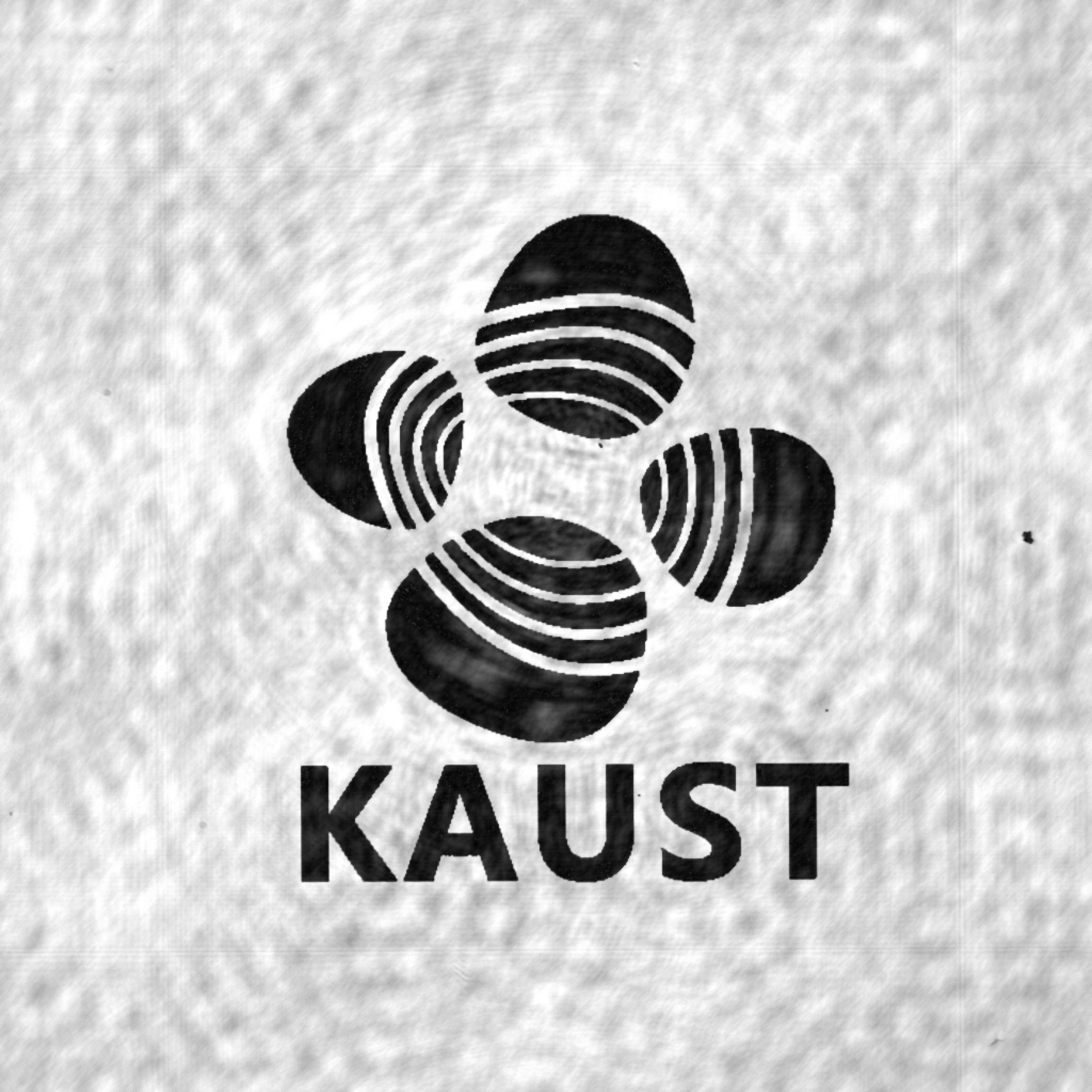 |
| USAF2 | I | 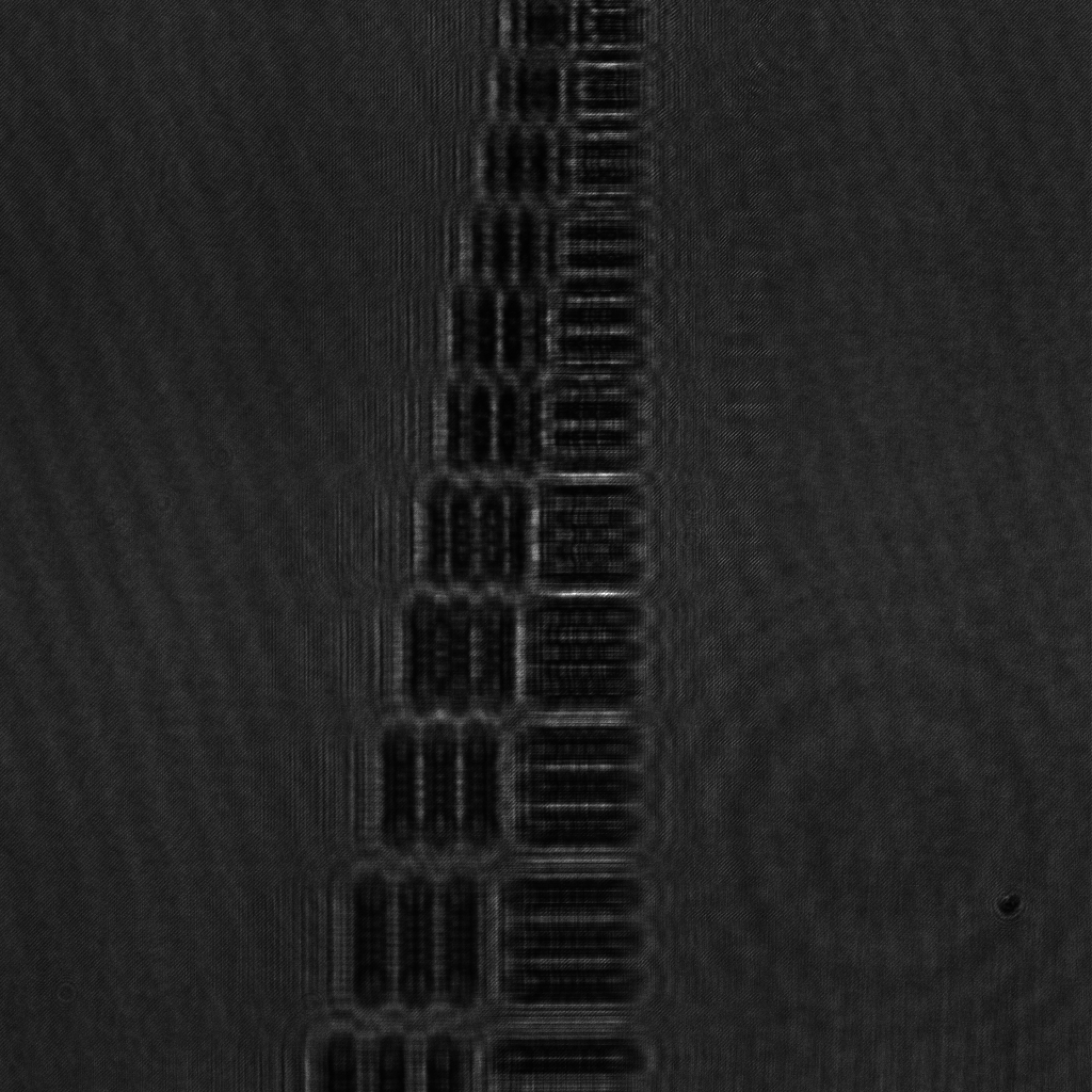 |
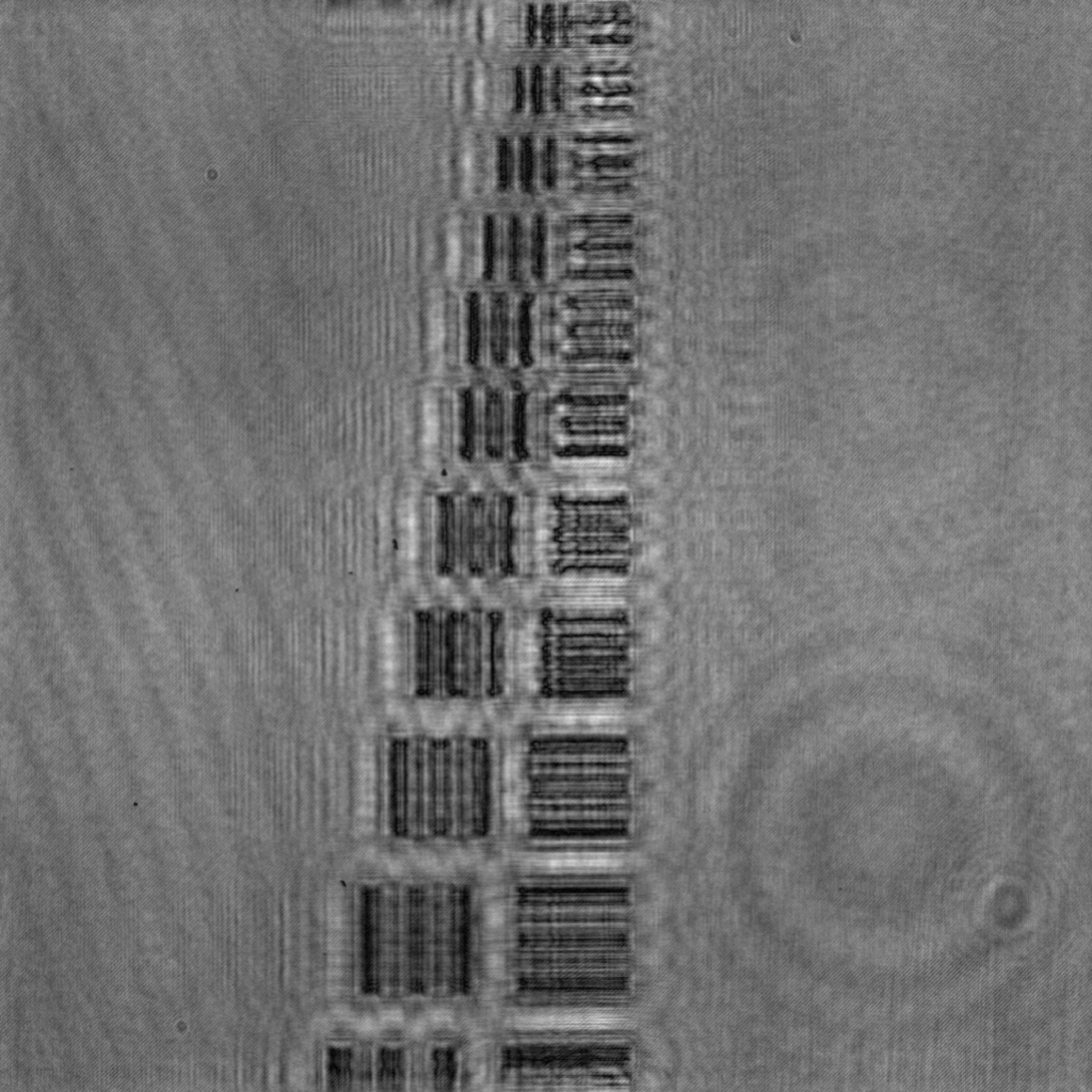 |
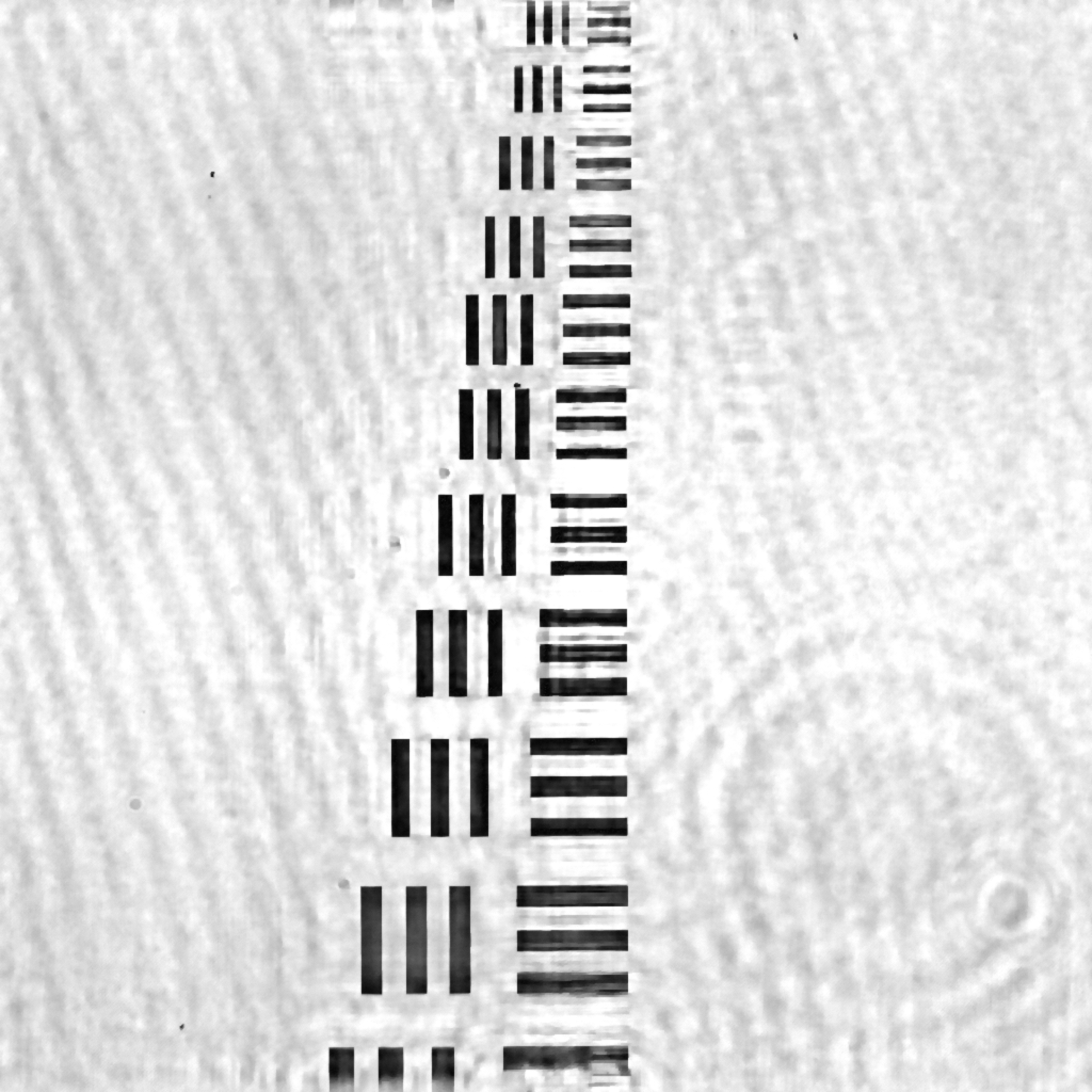 |
| particle | I | 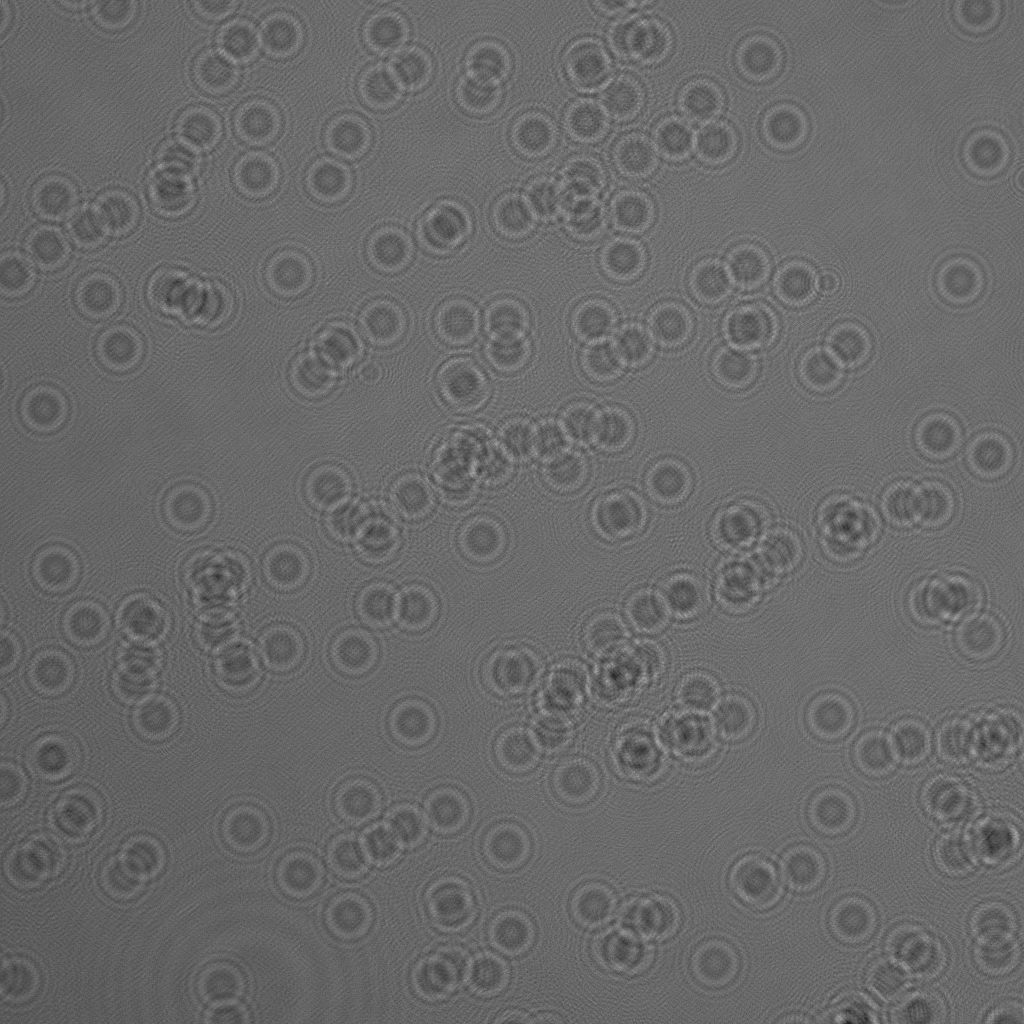 |
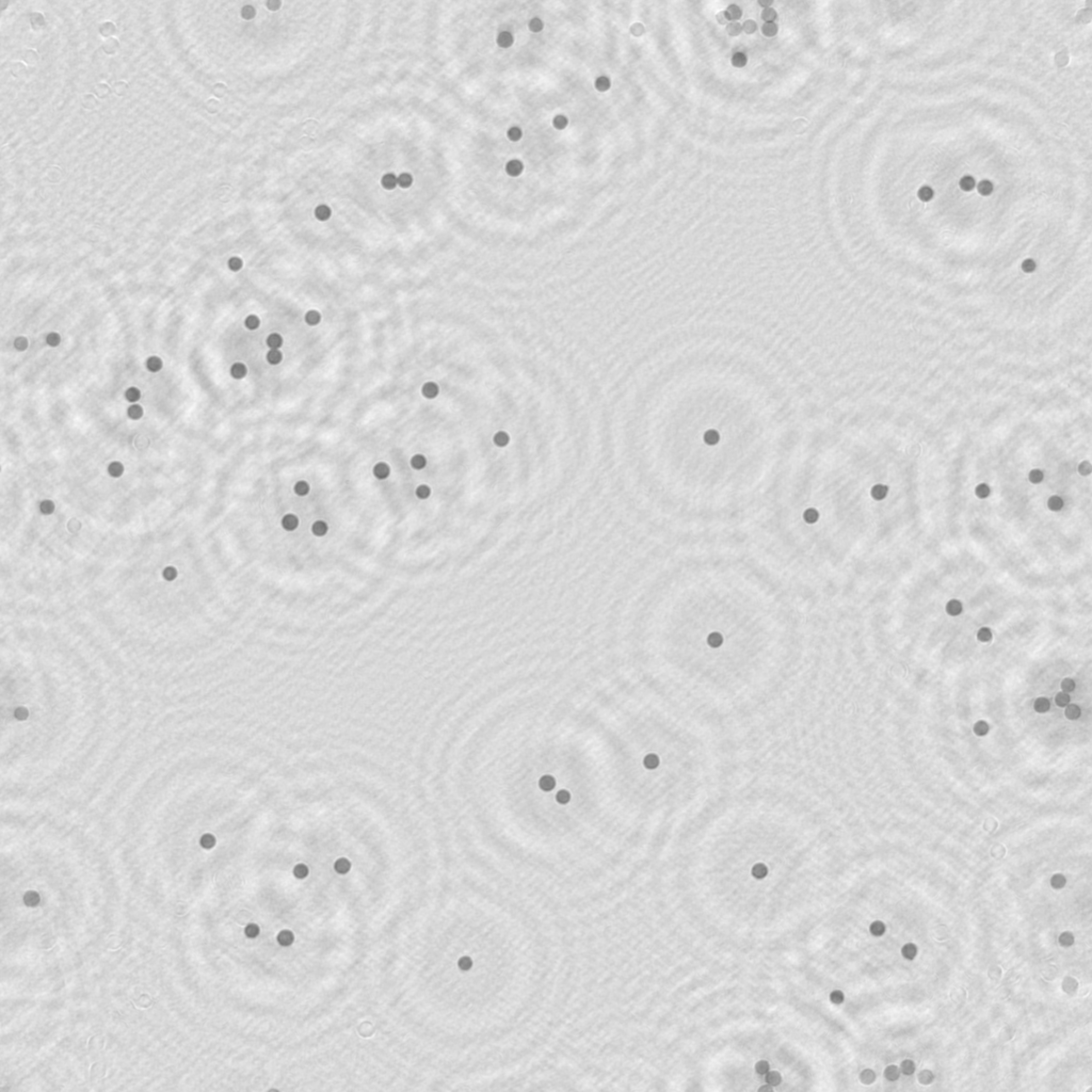 |
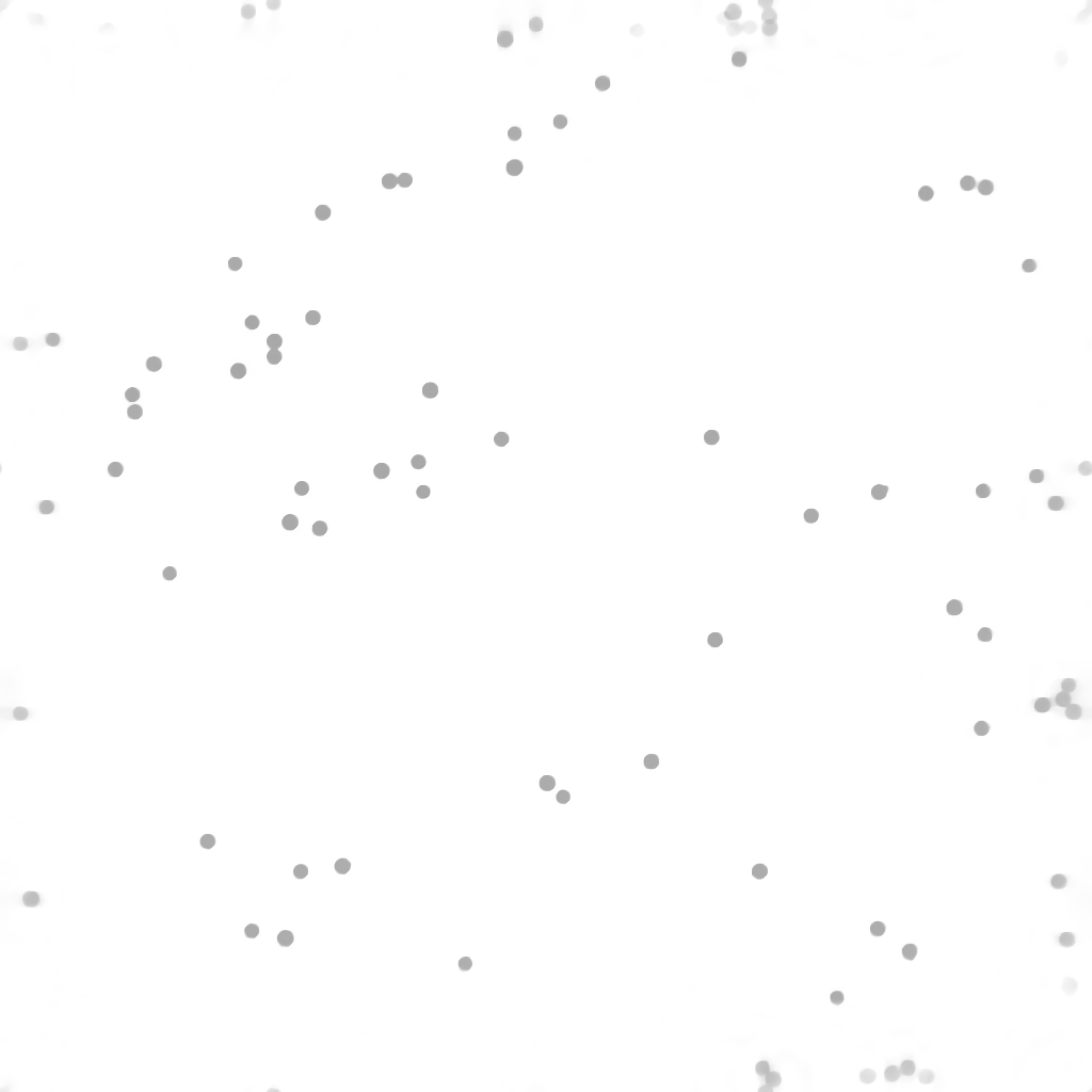 |
| ruler3 | II | 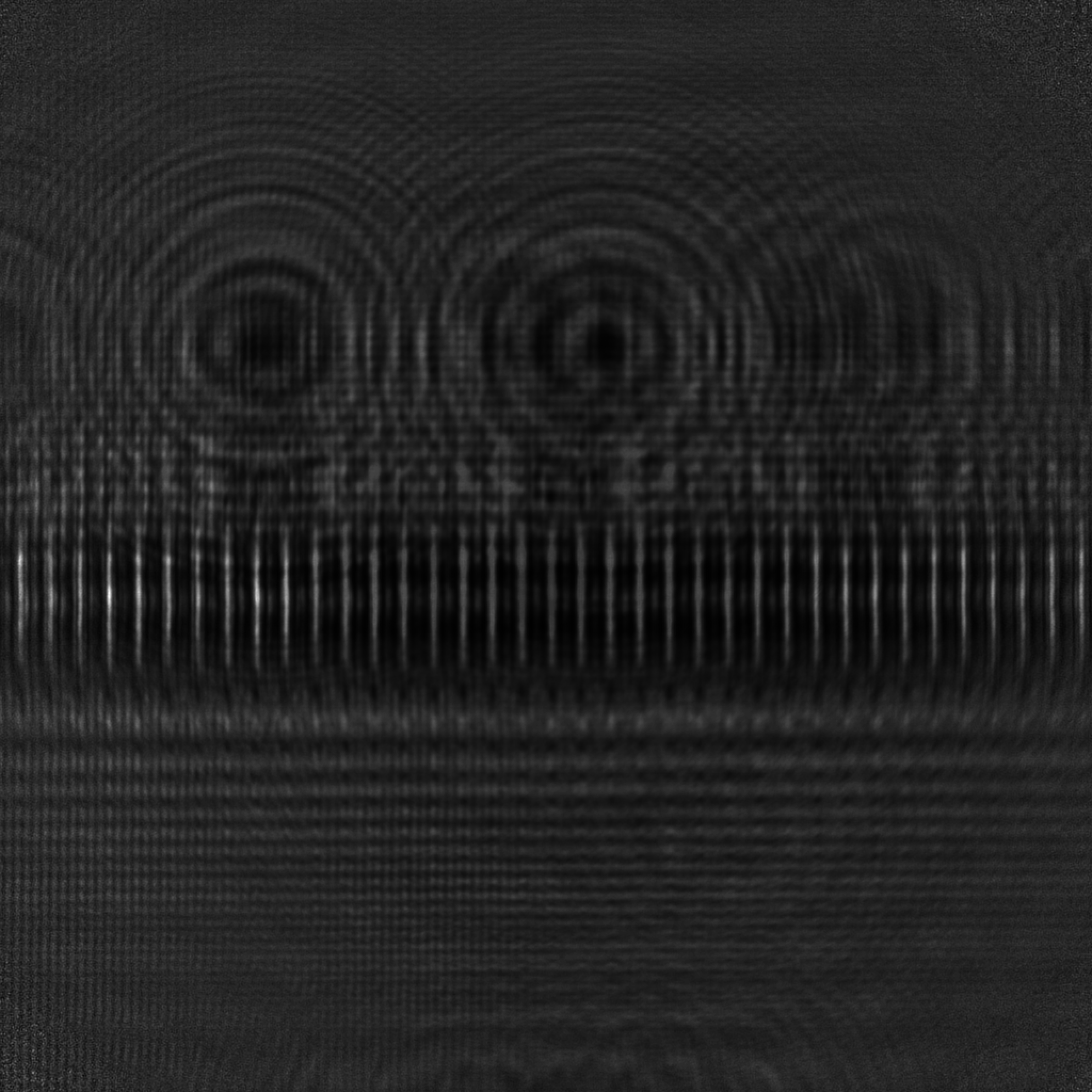 |
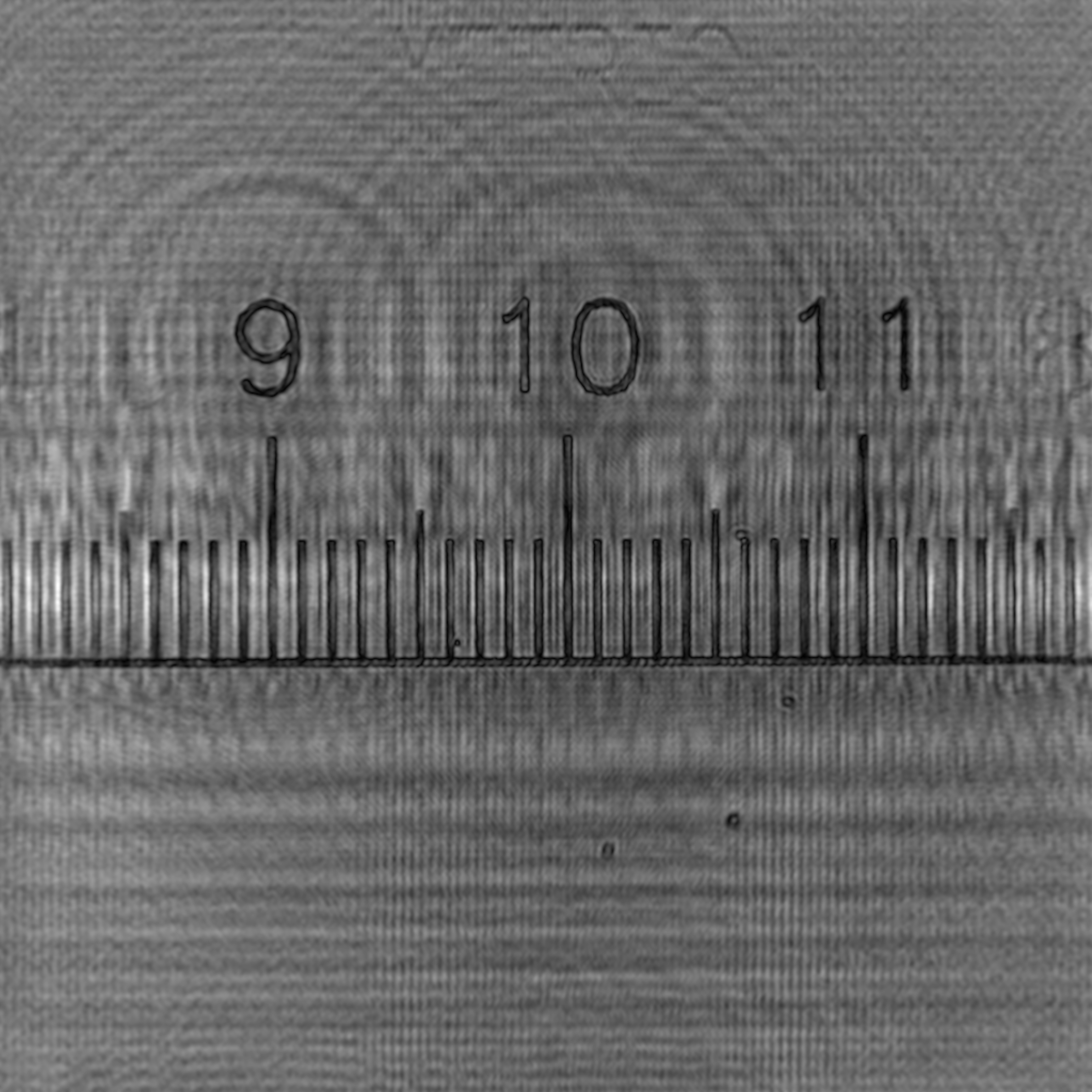 |
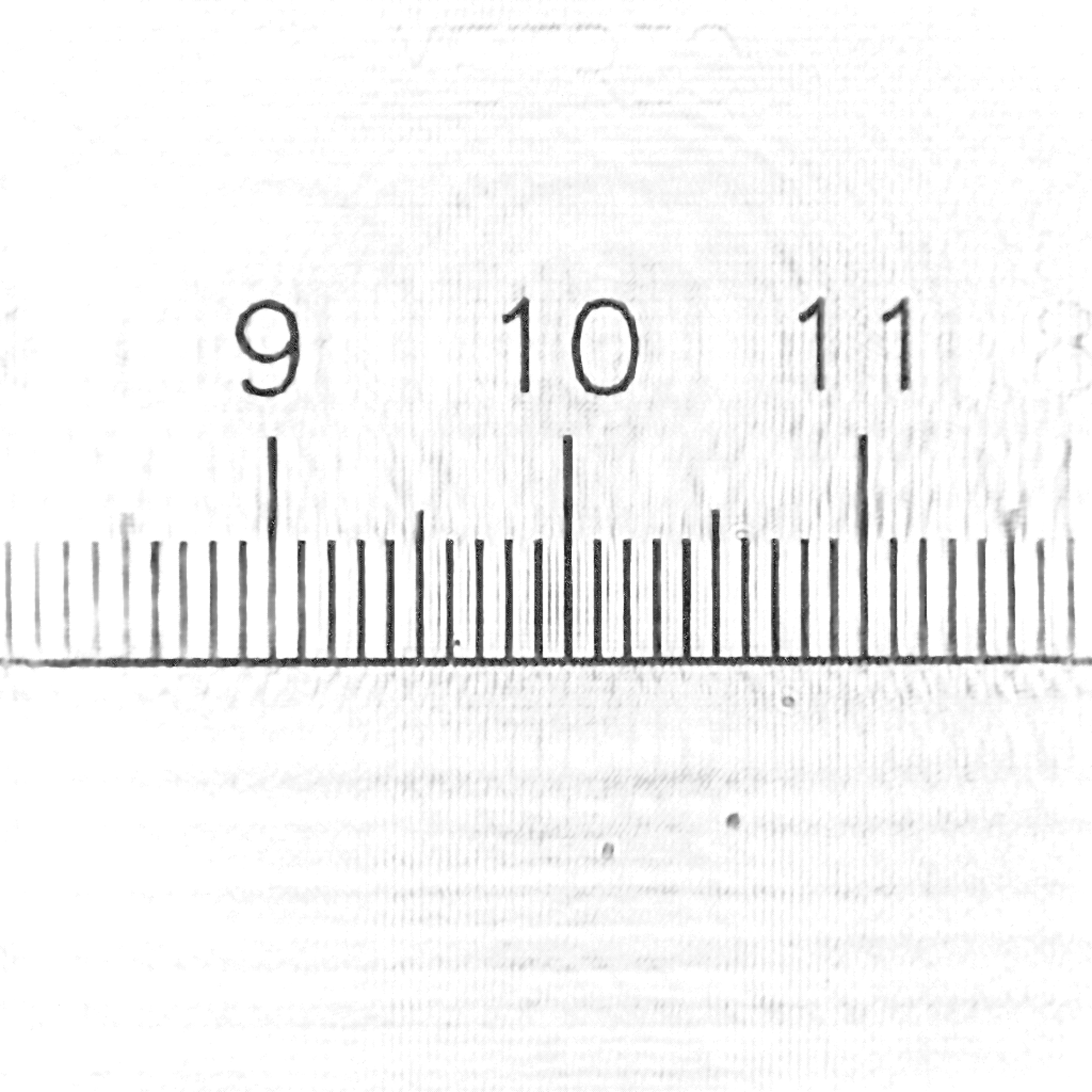 |
| USAF4 | III | 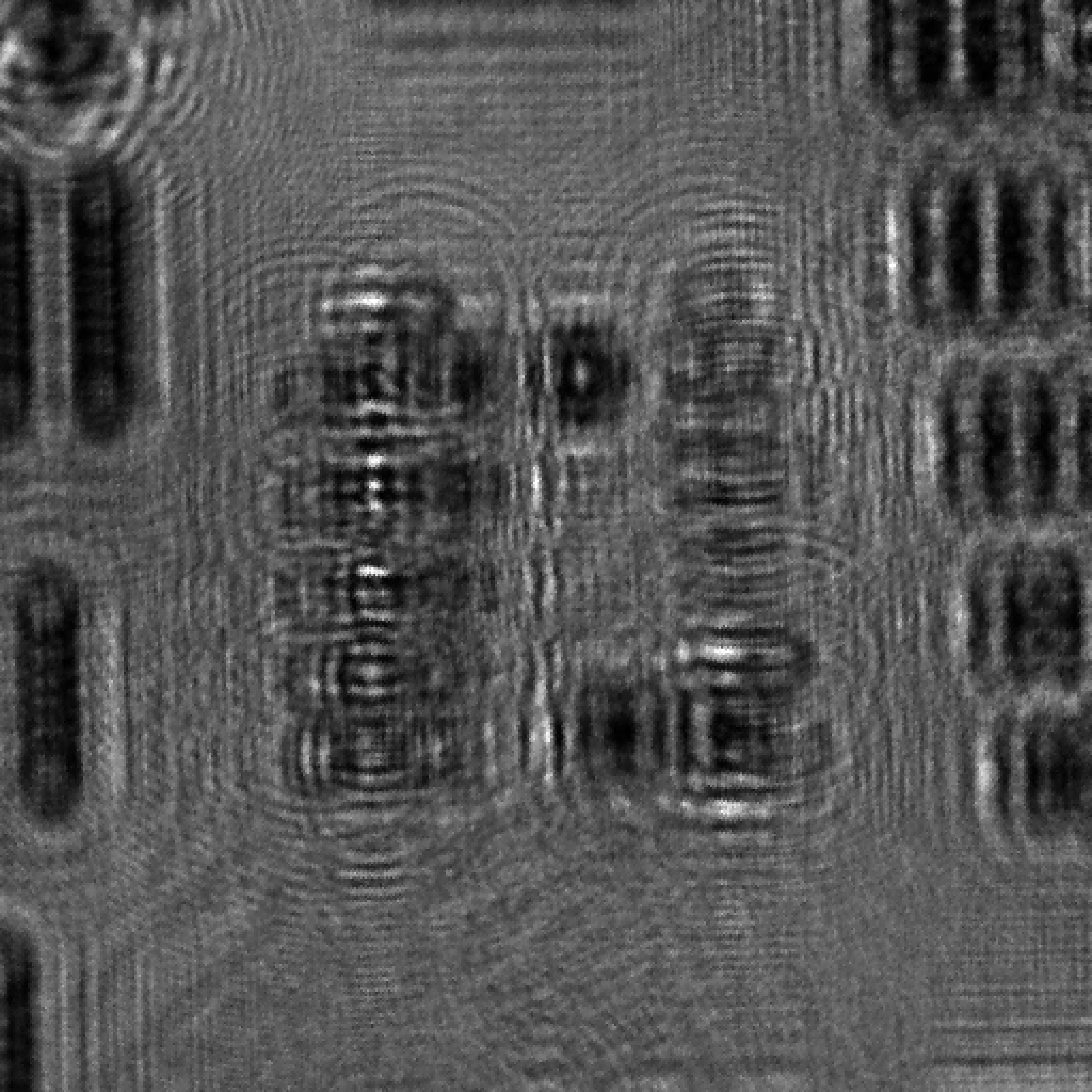 |
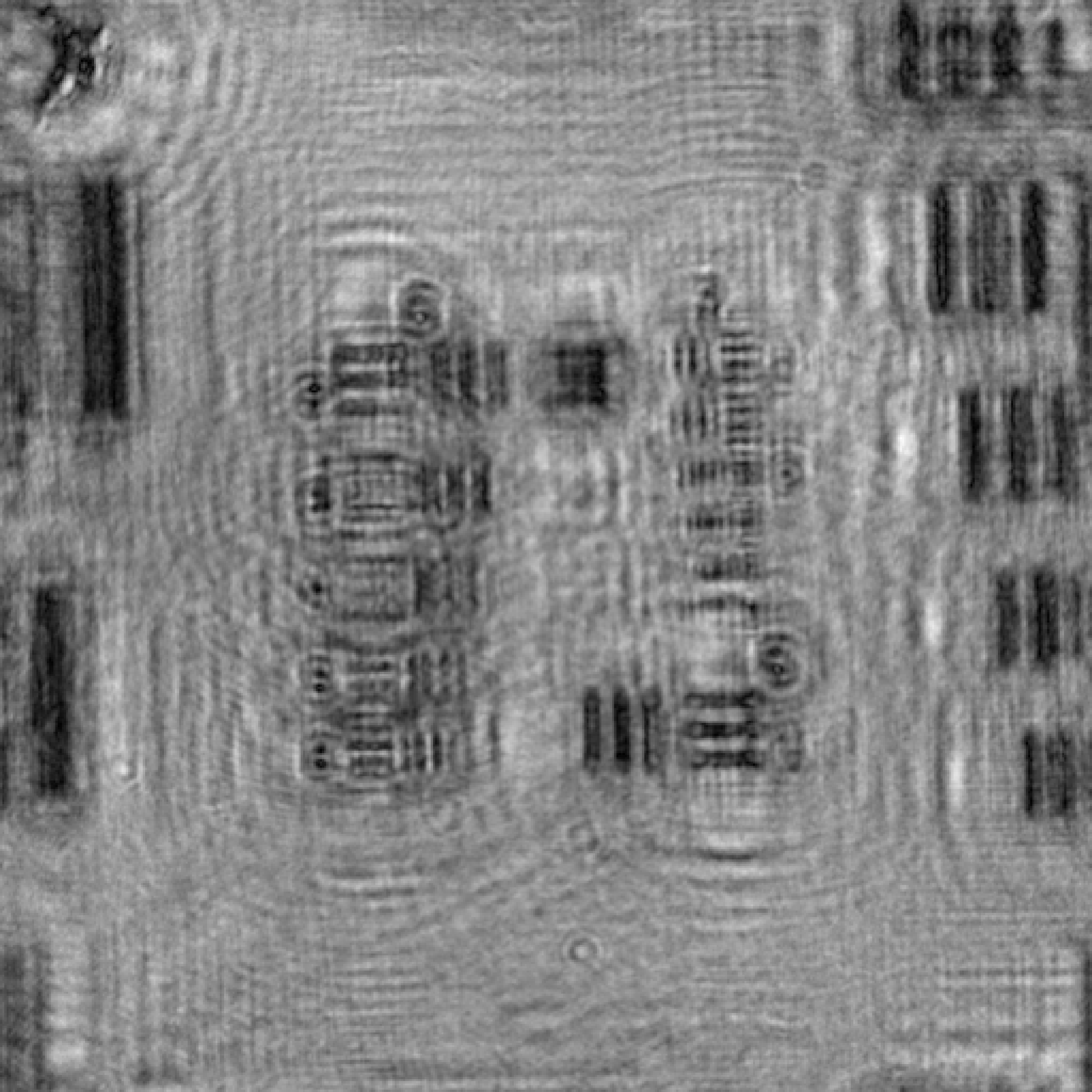 |
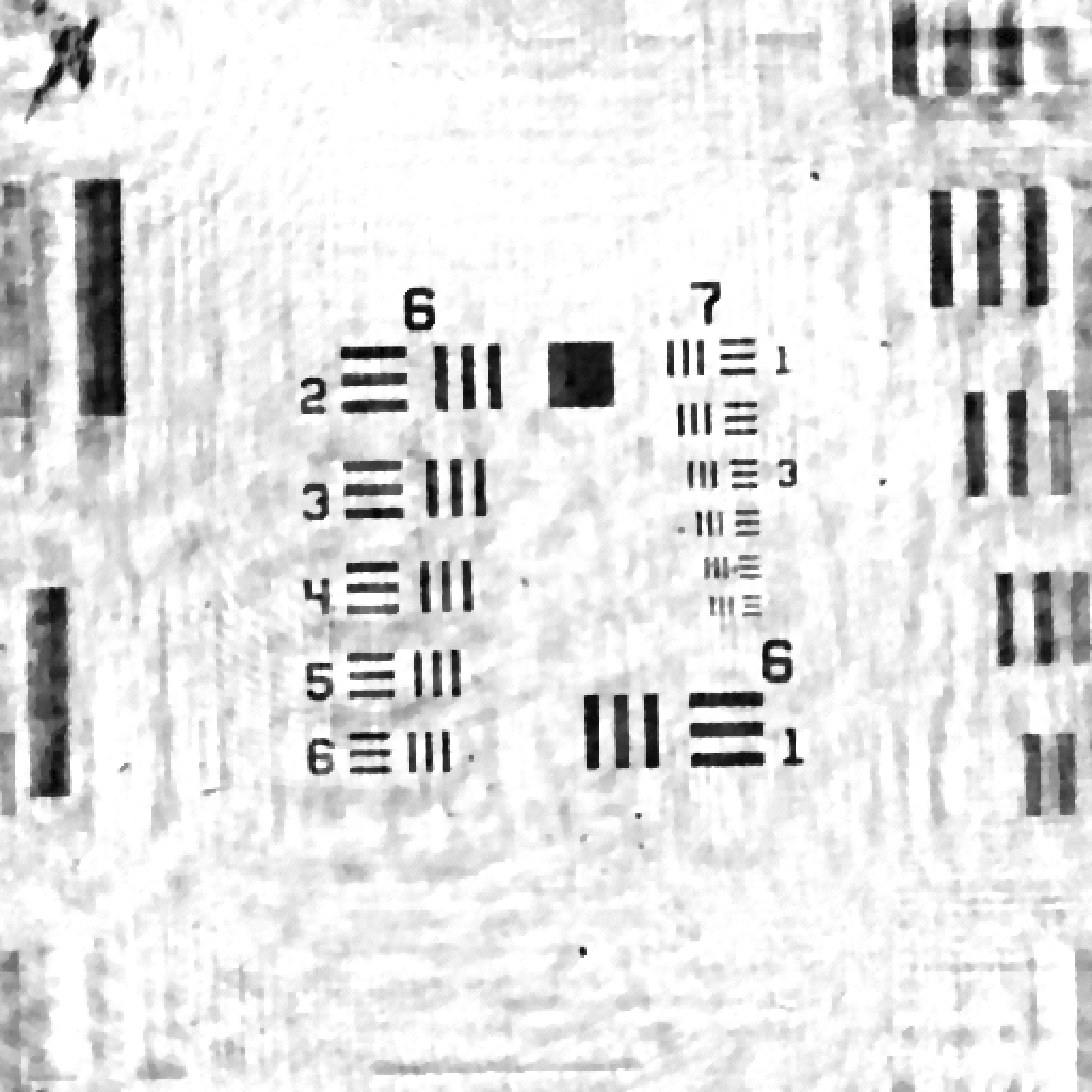 |
| USAF1 | IV | 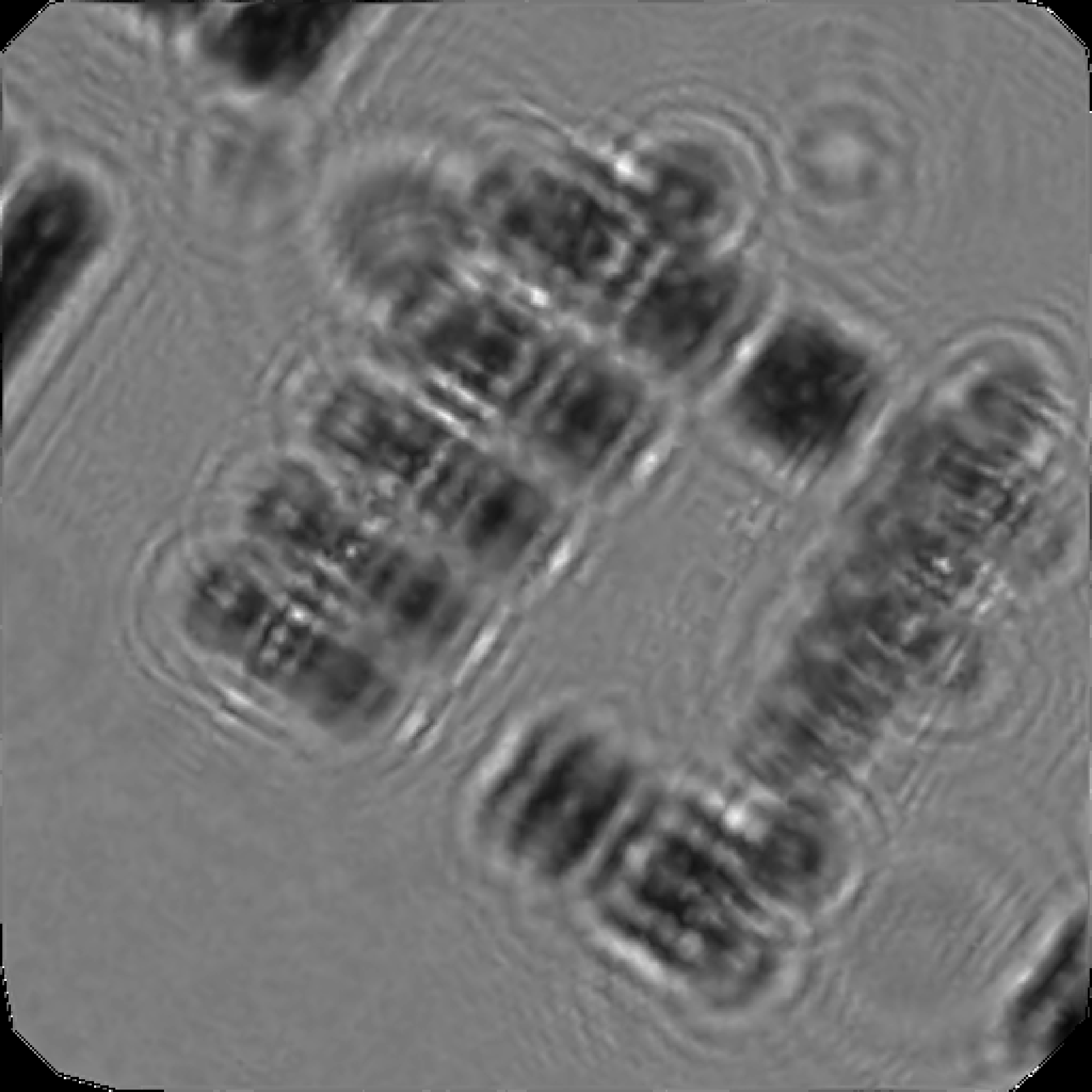 |
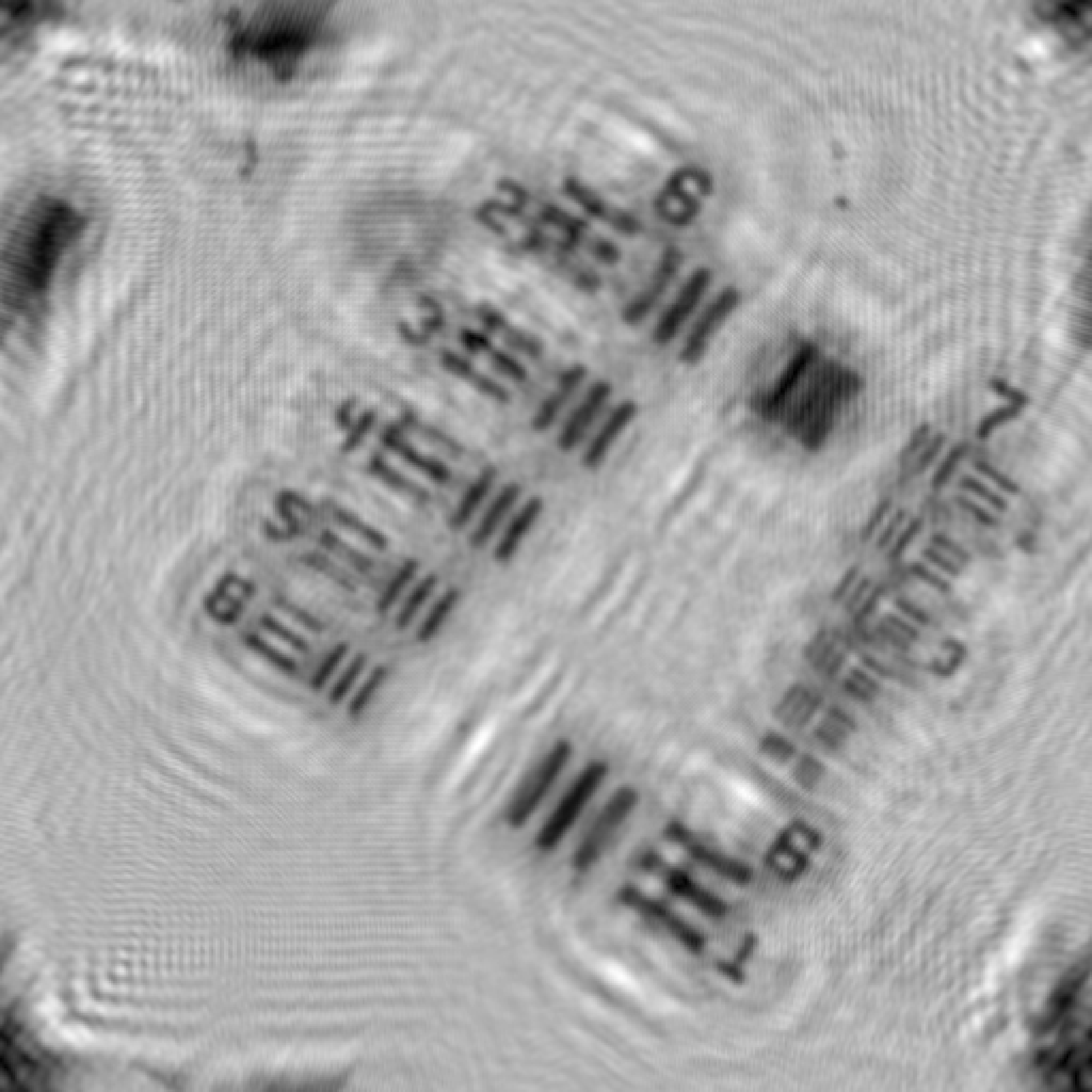 |
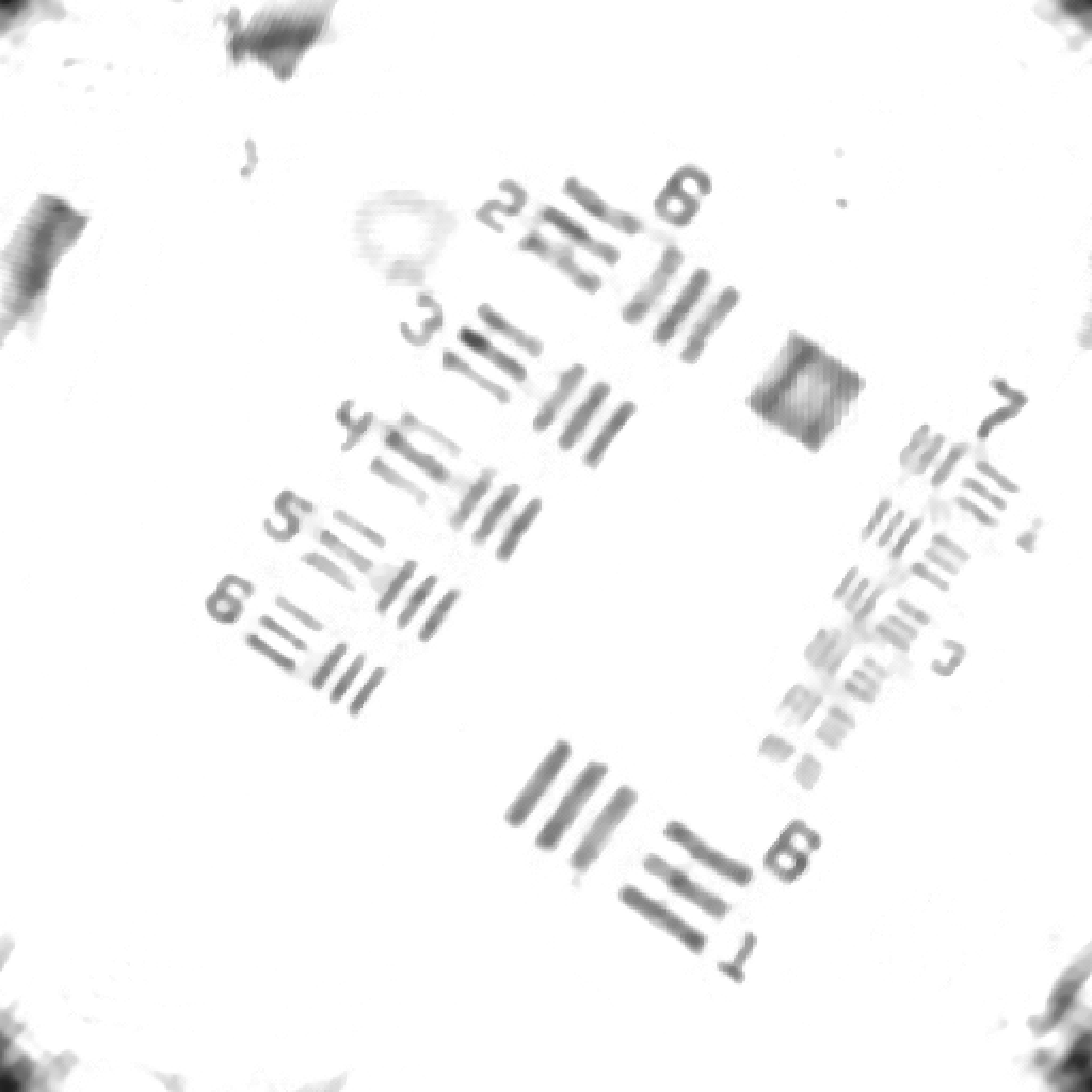 |
| data | setup type | hologram | amplitude (ours) | phase (ours) | amplitude (MP) | phase (MP) |
|---|---|---|---|---|---|---|
| tilia root | I | 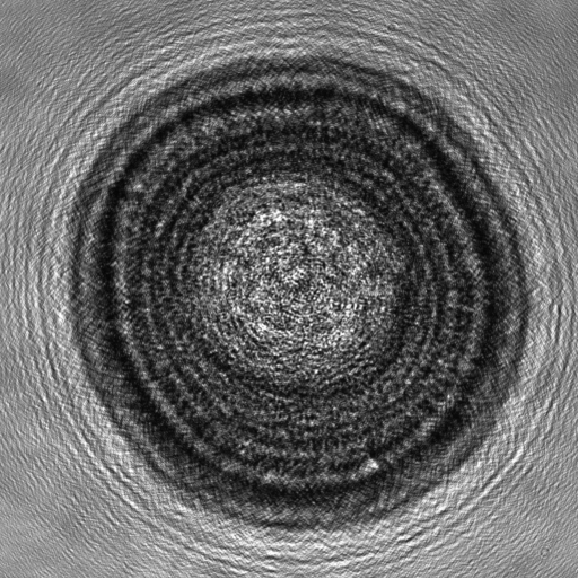 |
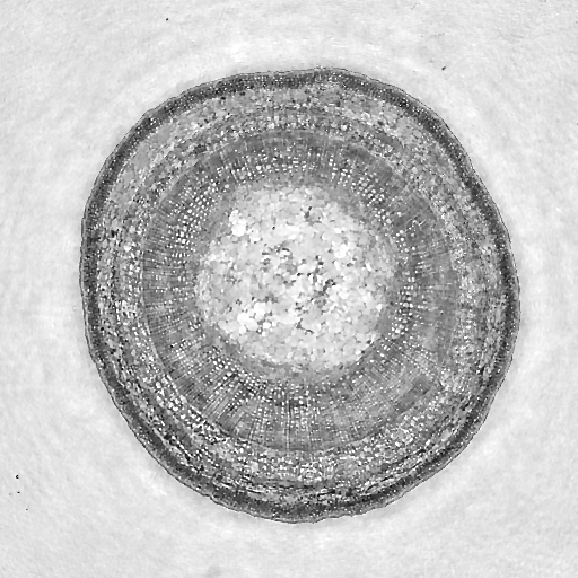 |
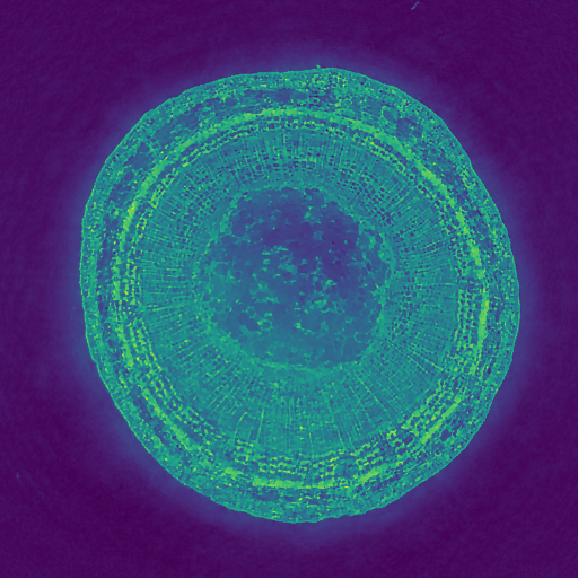 |
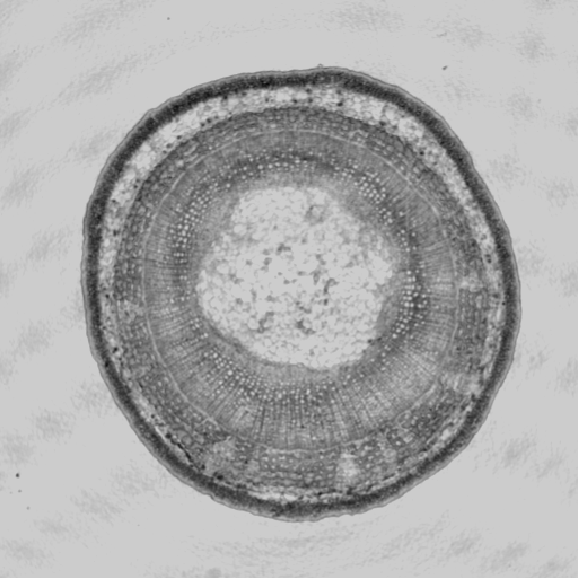 |
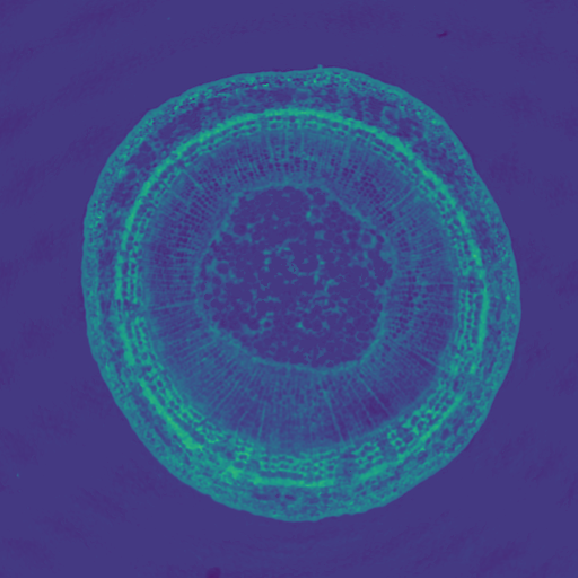 |
| data | setup type | hologram | amplitude (ours) | phase (ours) | amplitude (DCOD)4 | phase (DCOD)4 |
|---|---|---|---|---|---|---|
| cheek cell4 | III | 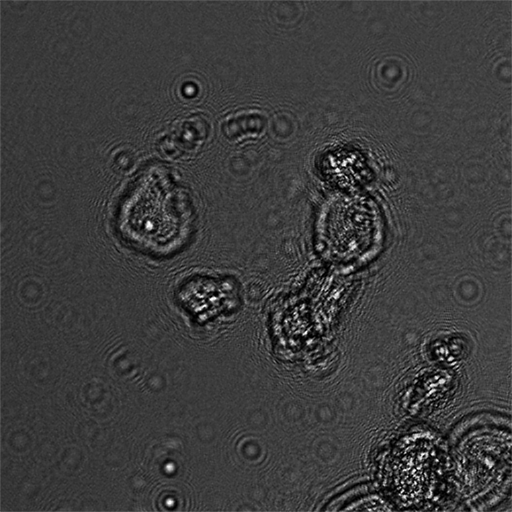 |
 |
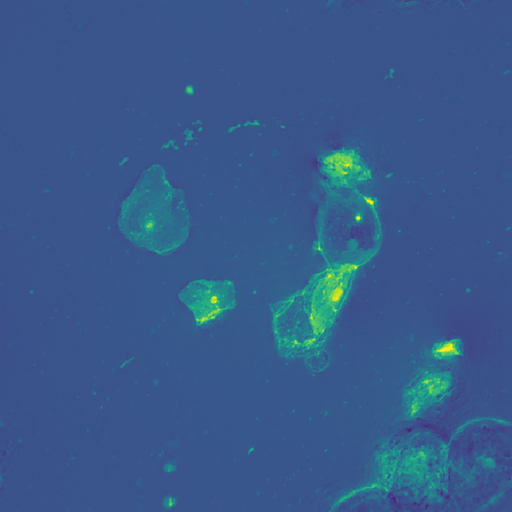 |
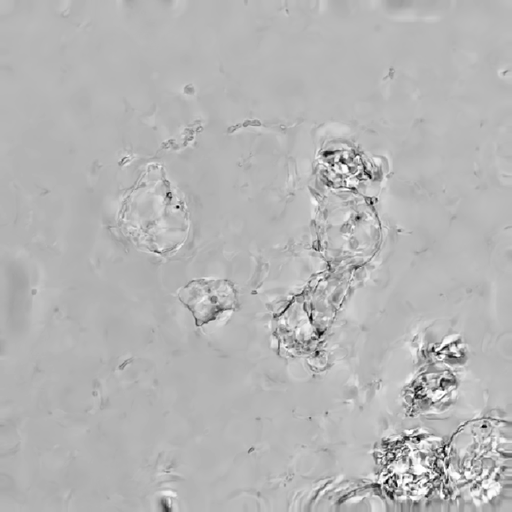 |
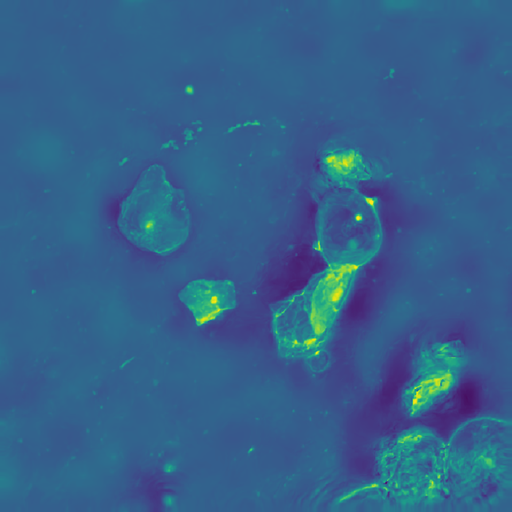 |
| data | setup type | hologram | amplitude (ours) | phase (ours) | amplitude (BP) | phase (BP) |
|---|---|---|---|---|---|---|
| OPTICS logo | II | 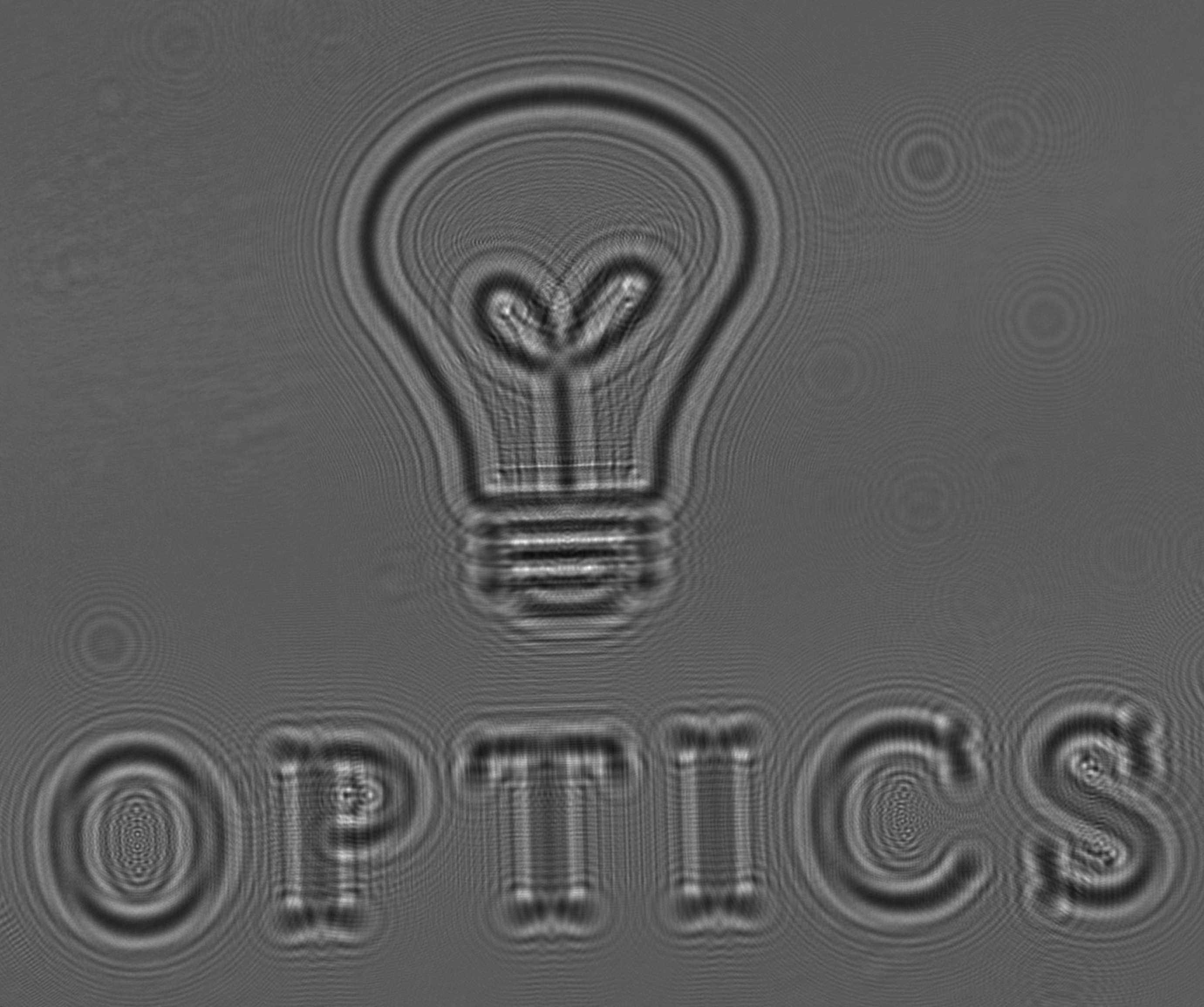 |
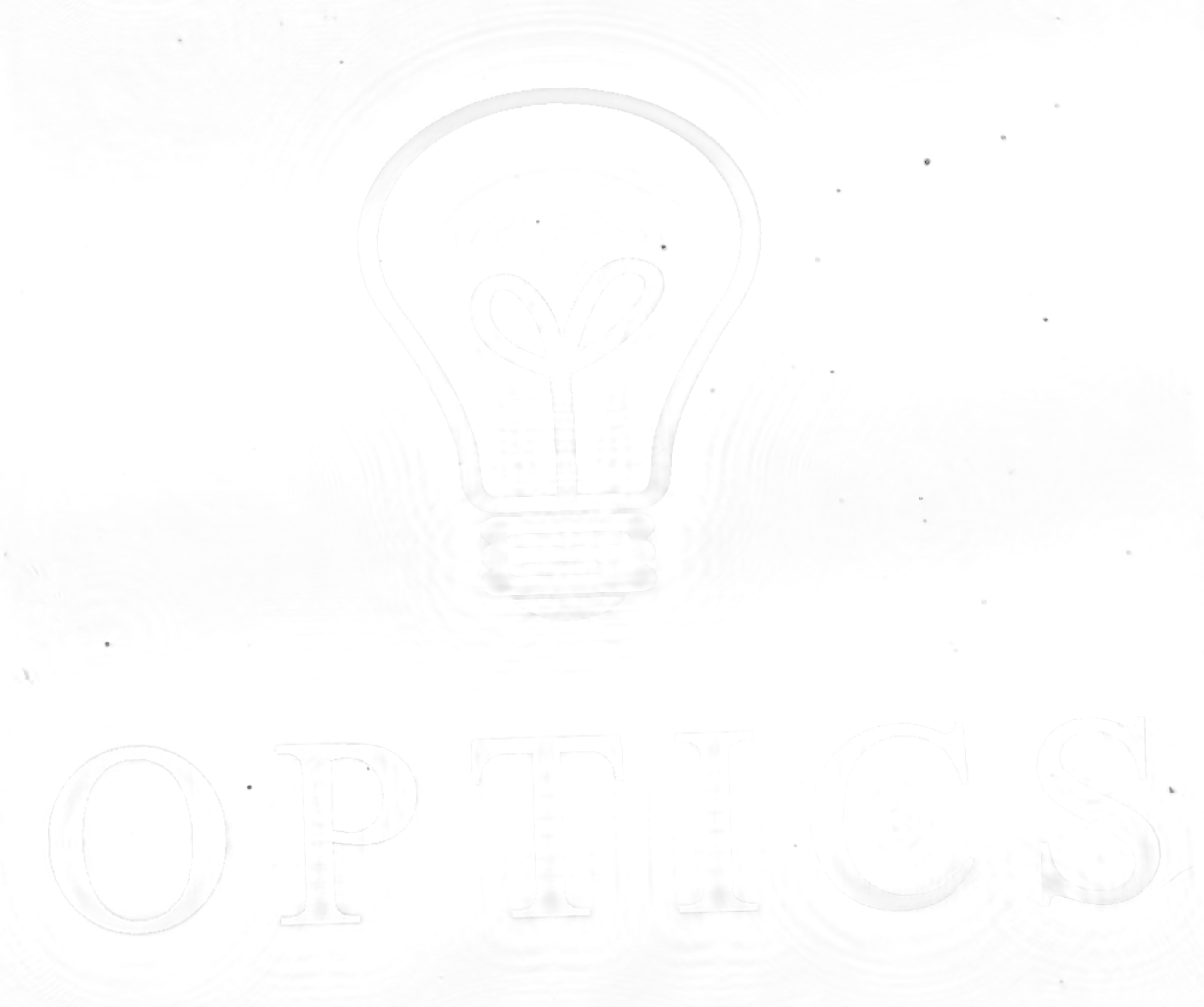 |
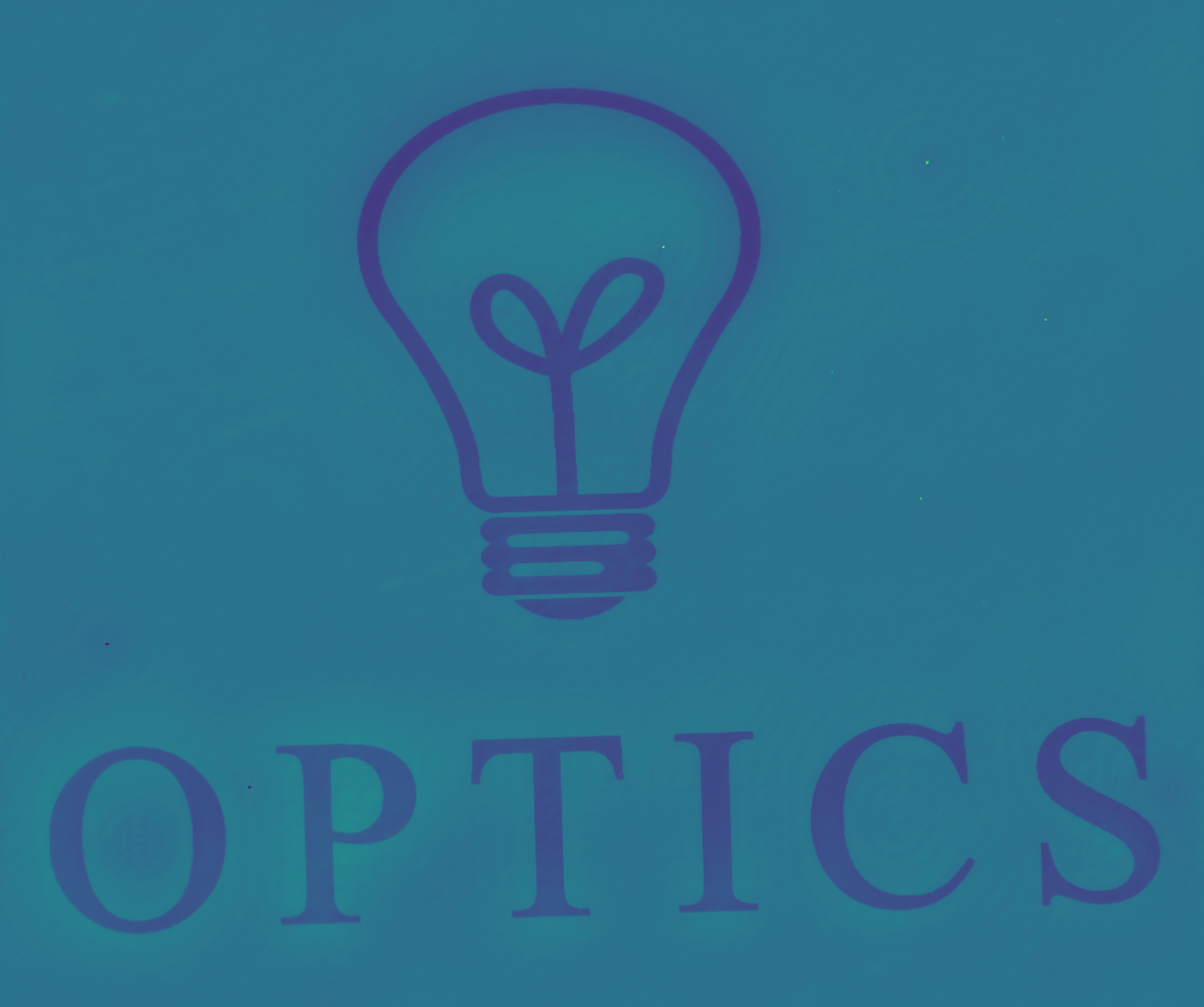 |
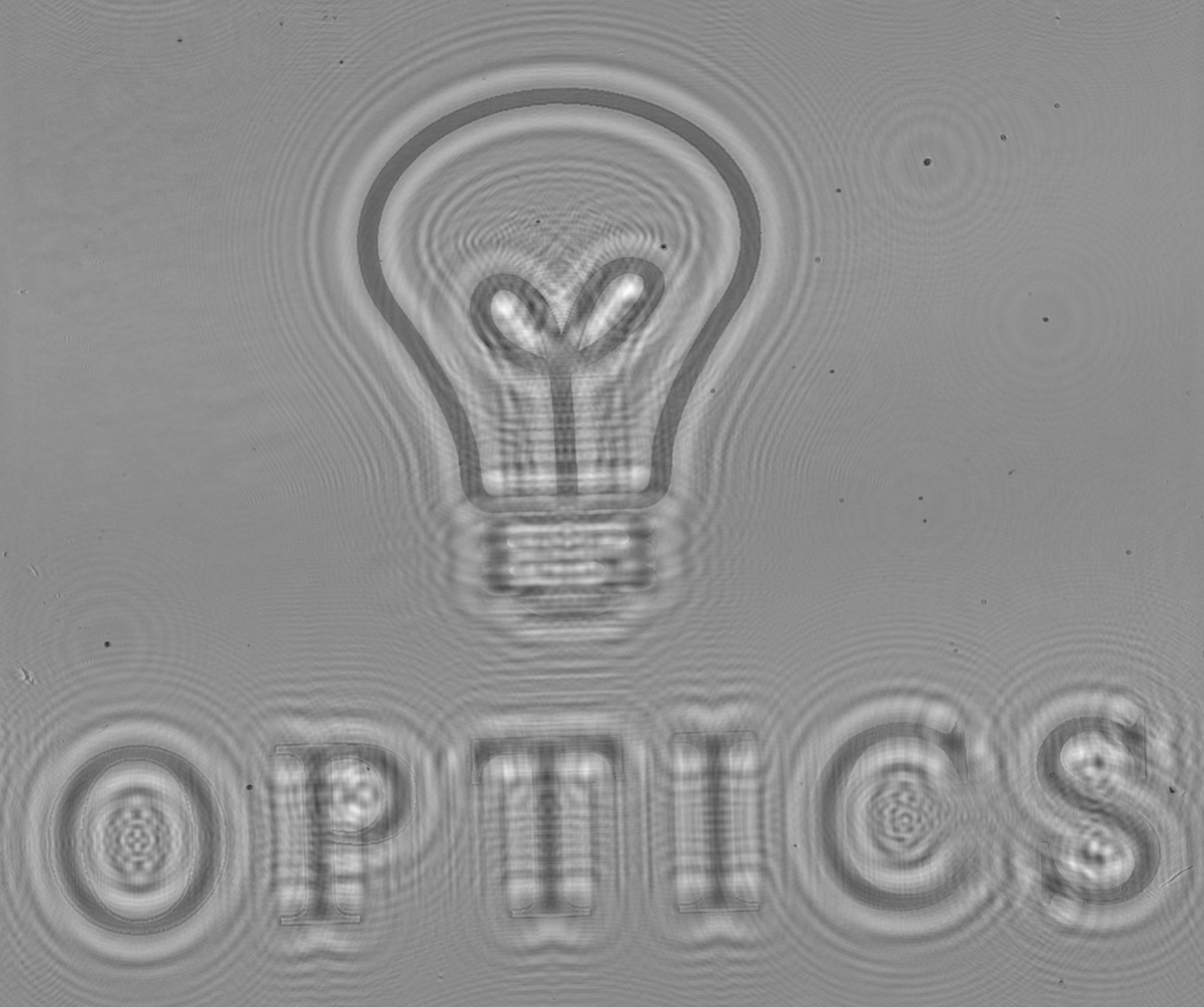 |
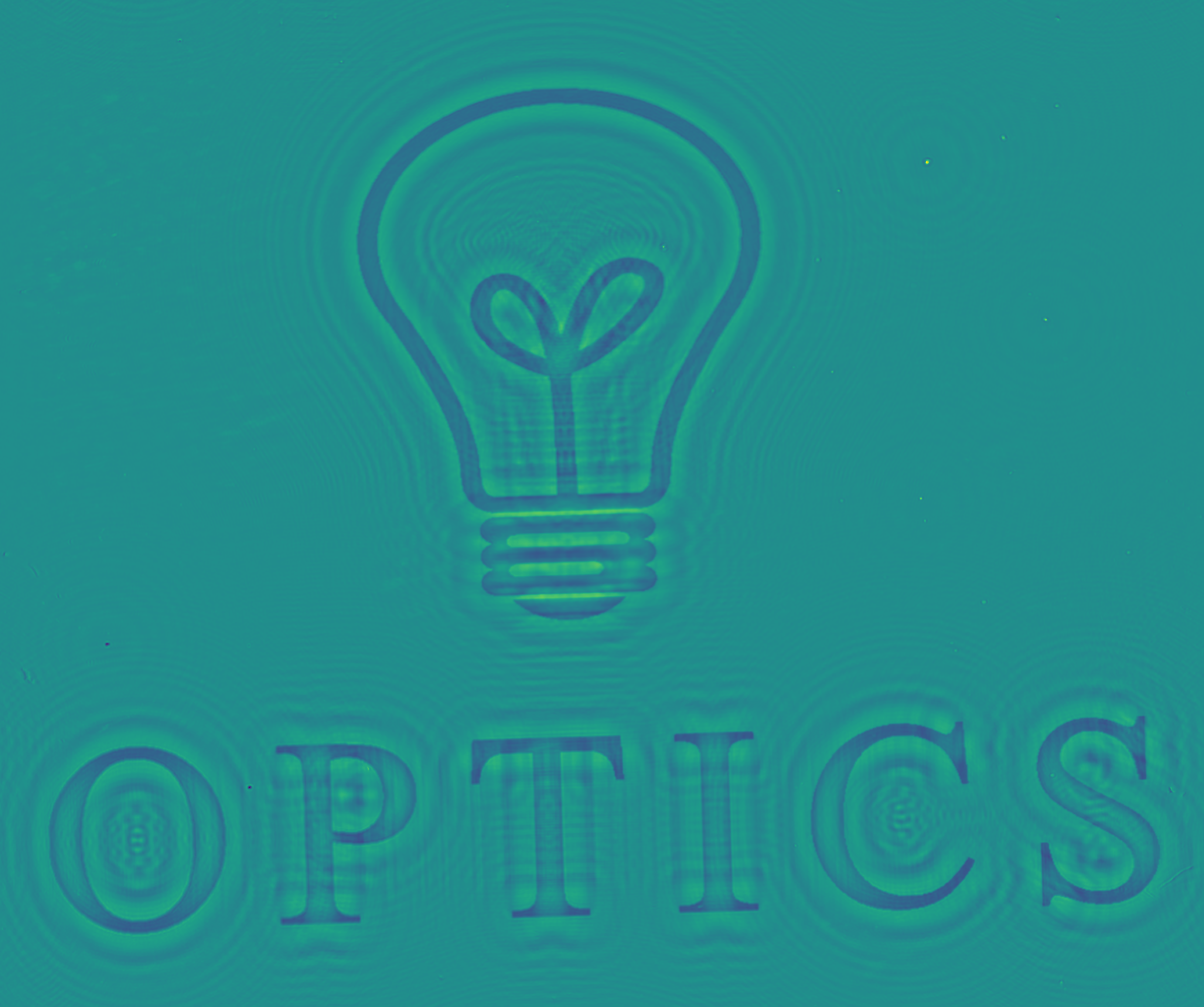 |
| balser5 | II | 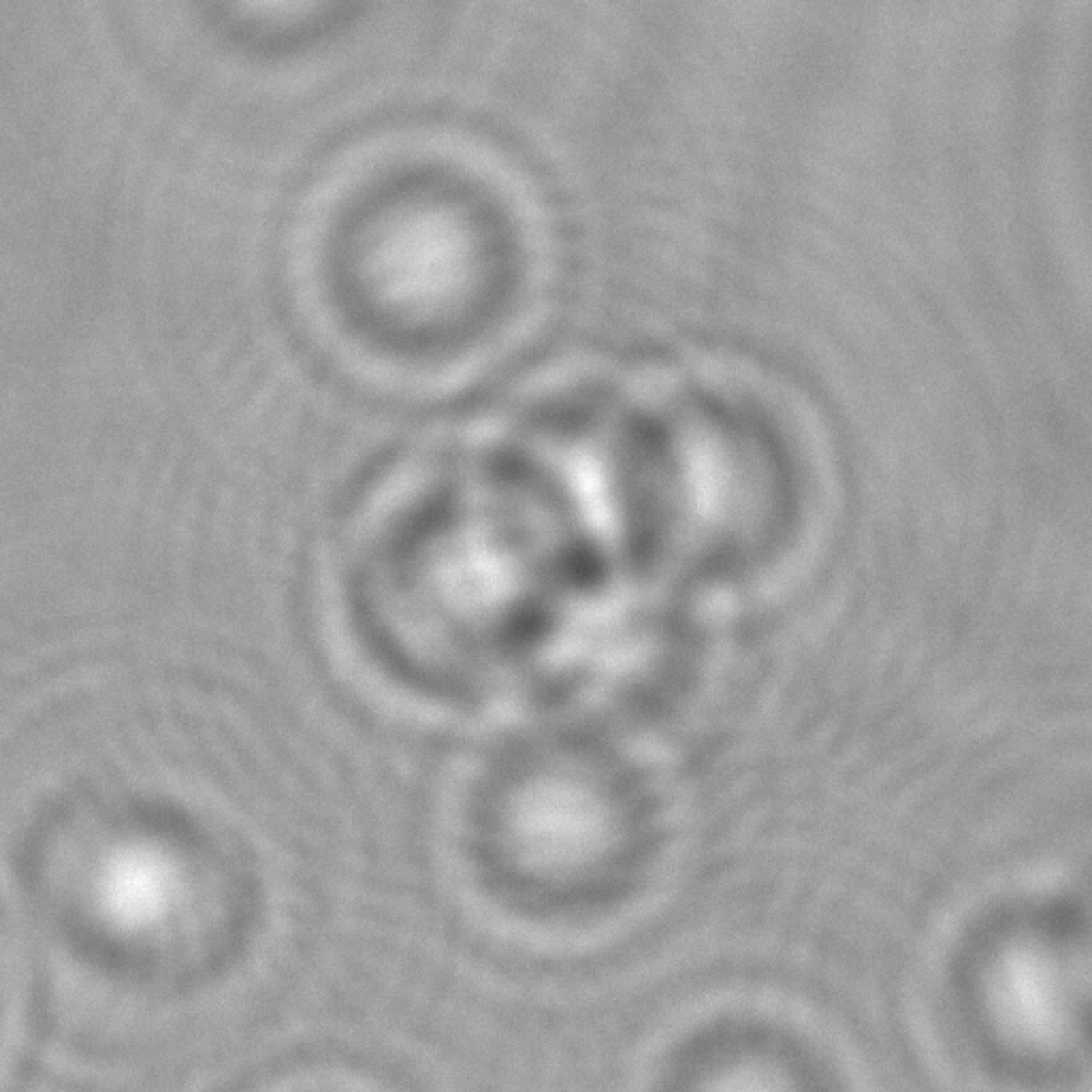 |
 |
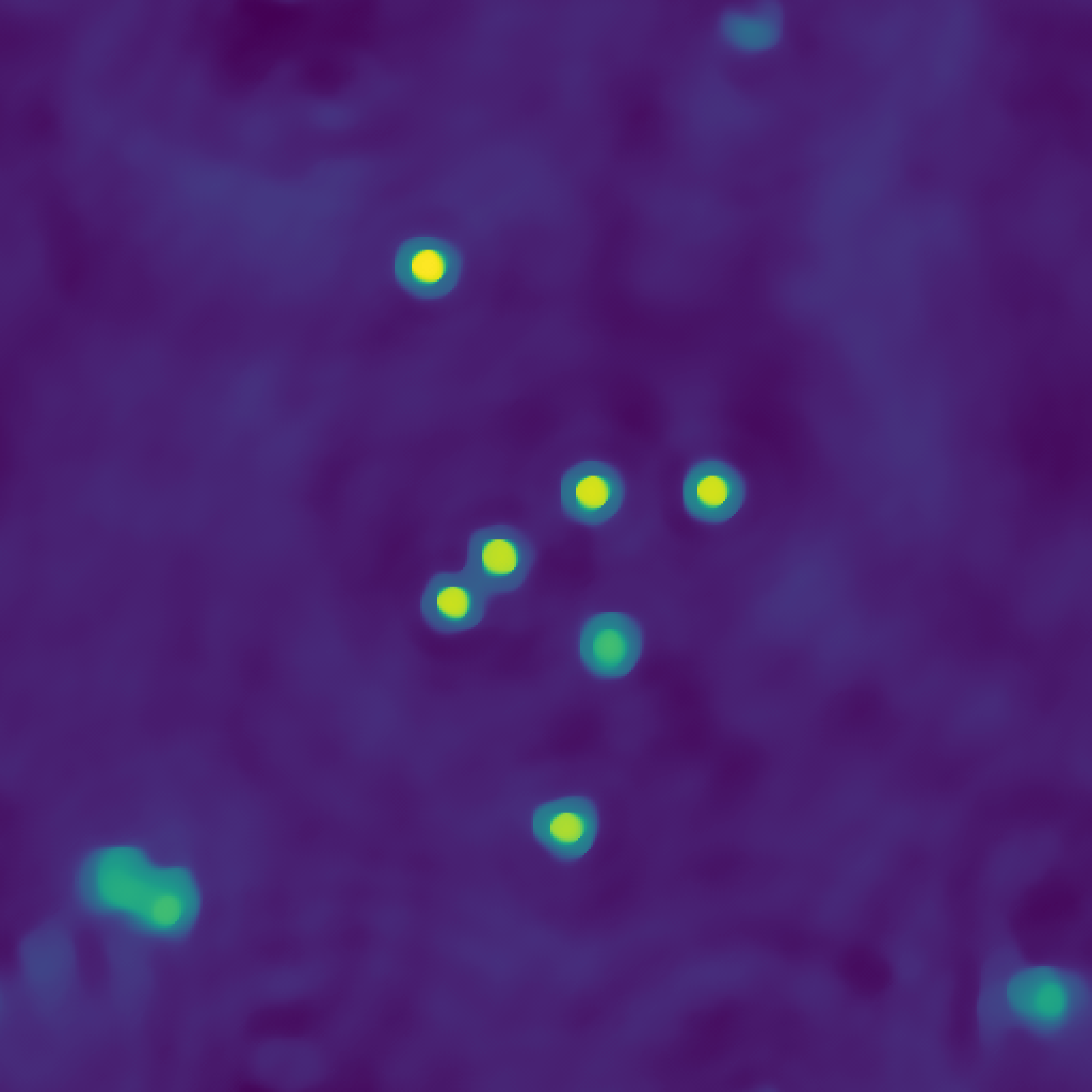 |
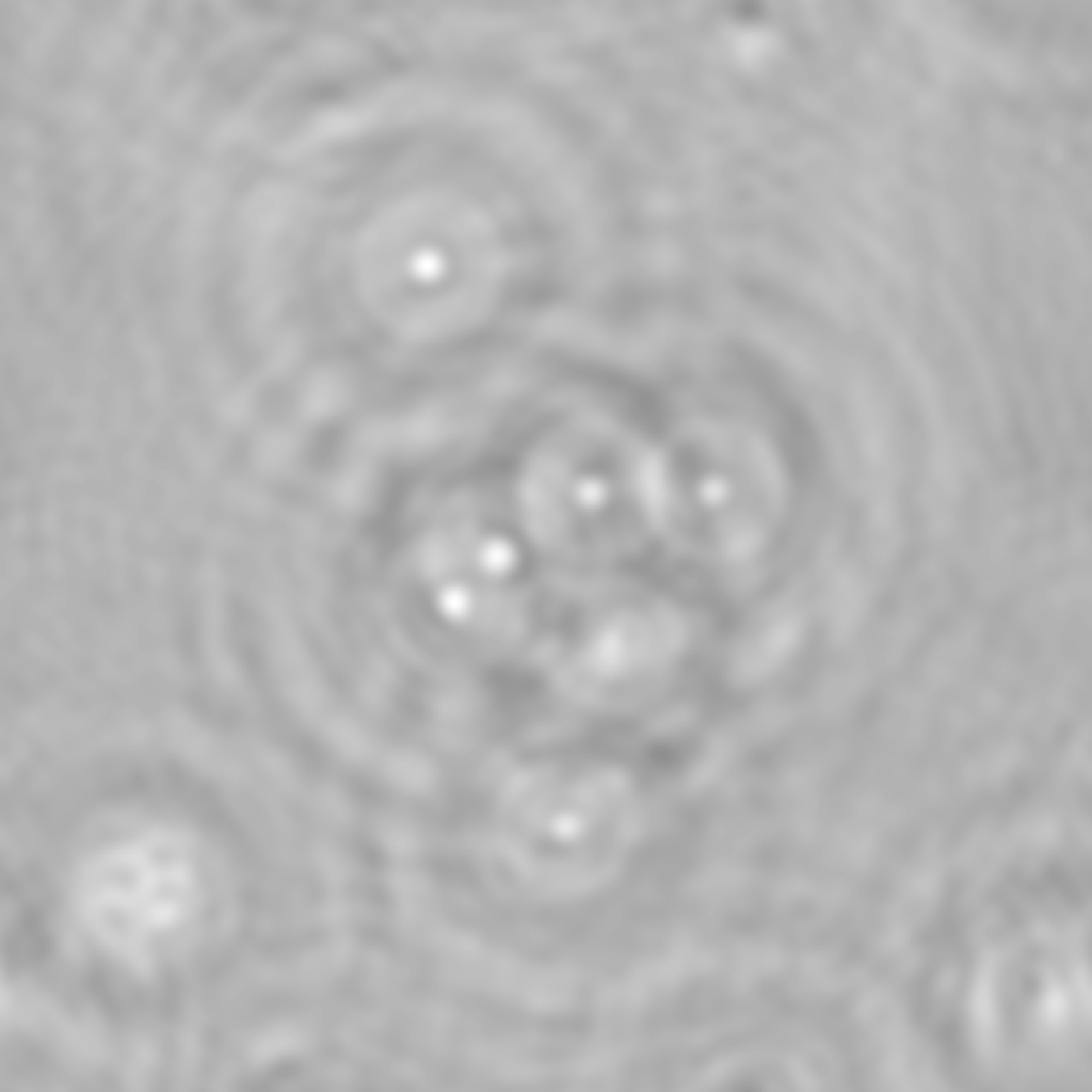 |
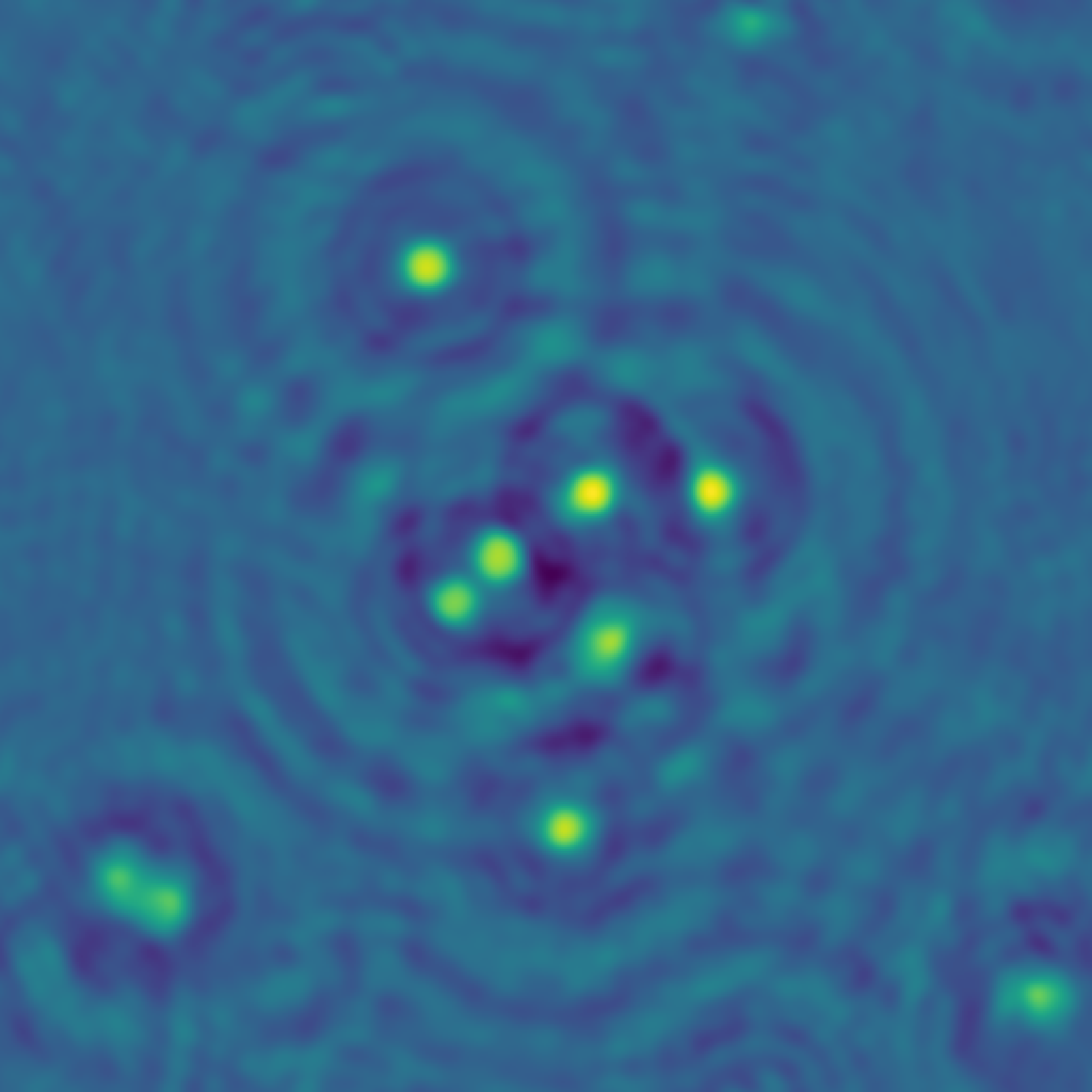 |
| blood cell4 | III | 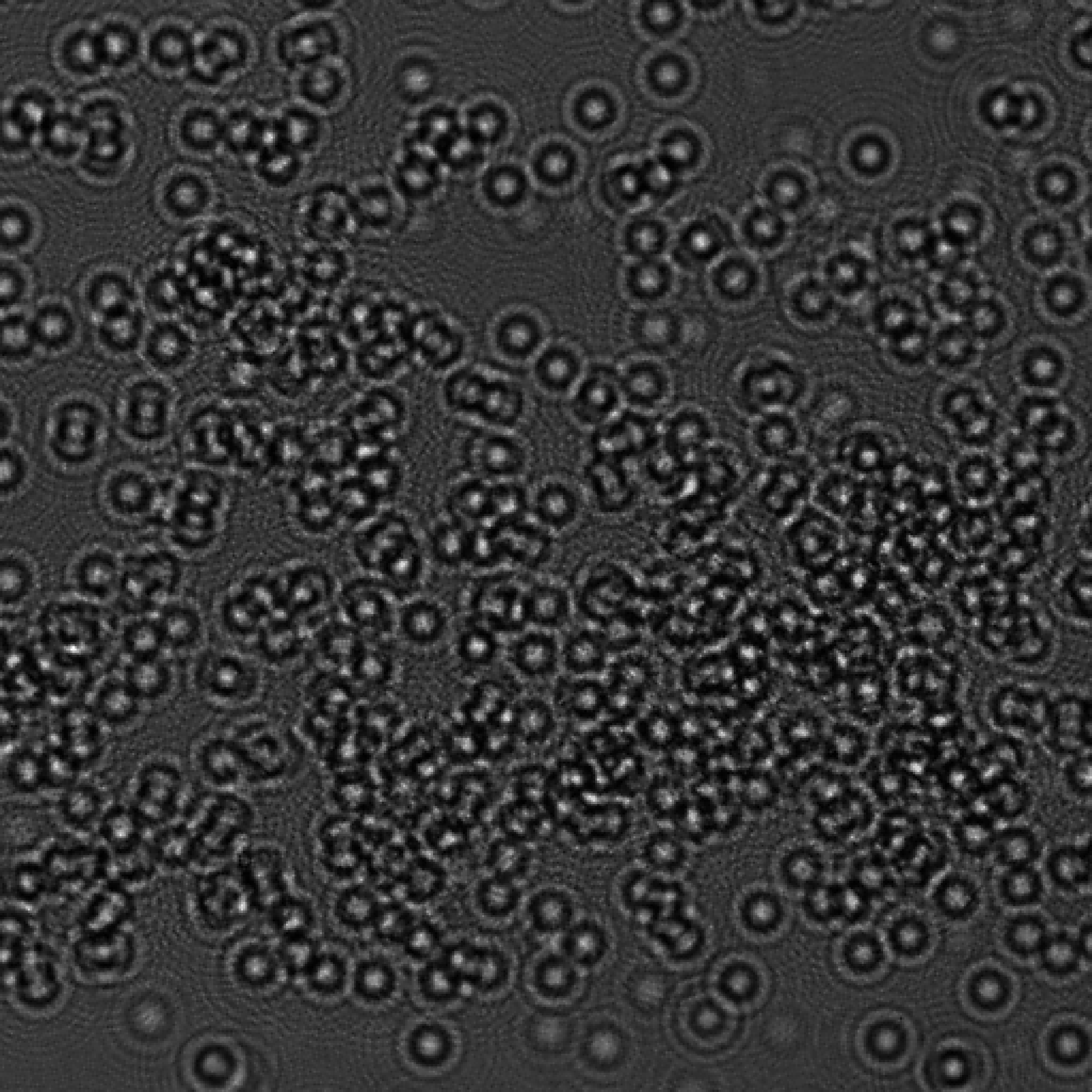 |
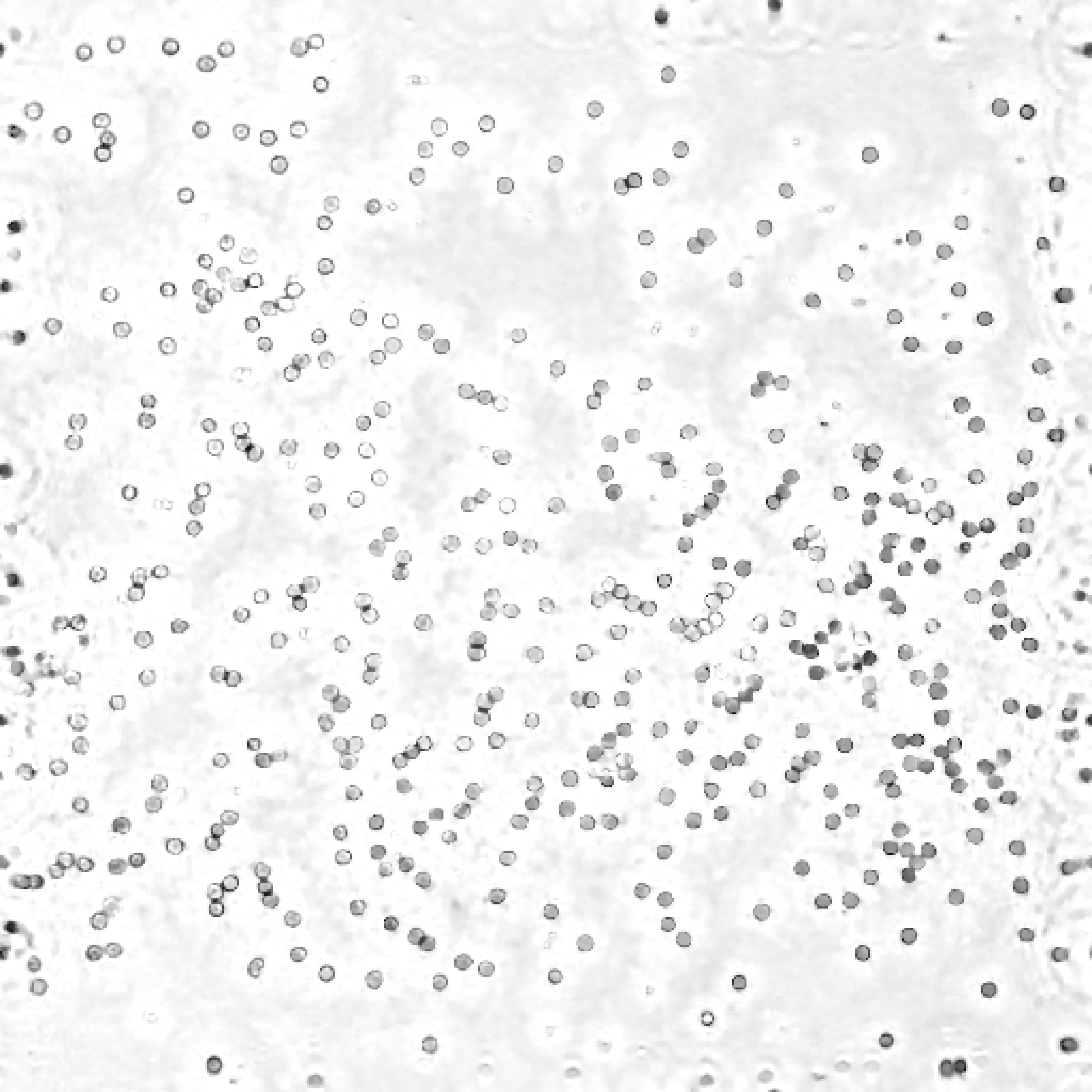 |
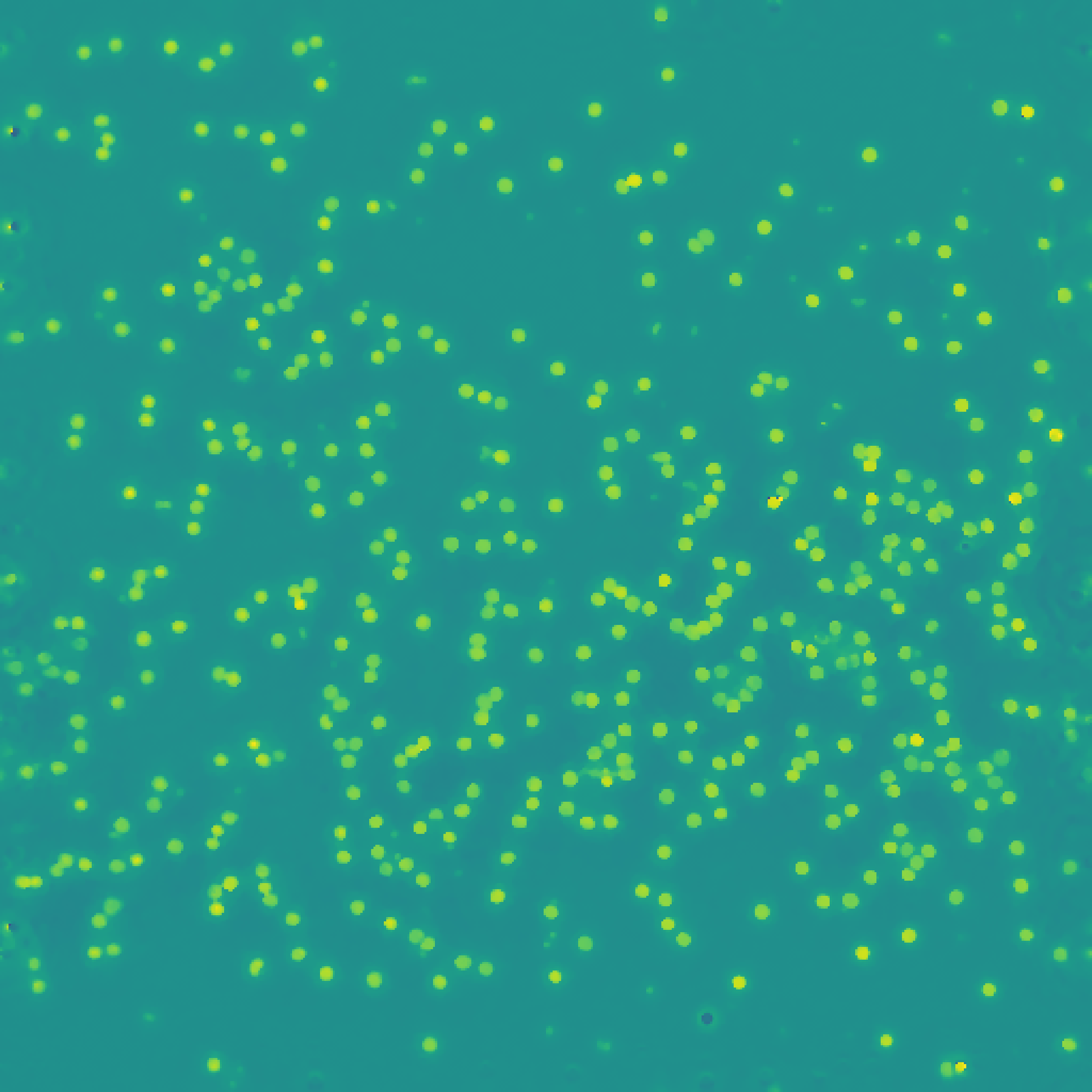 |
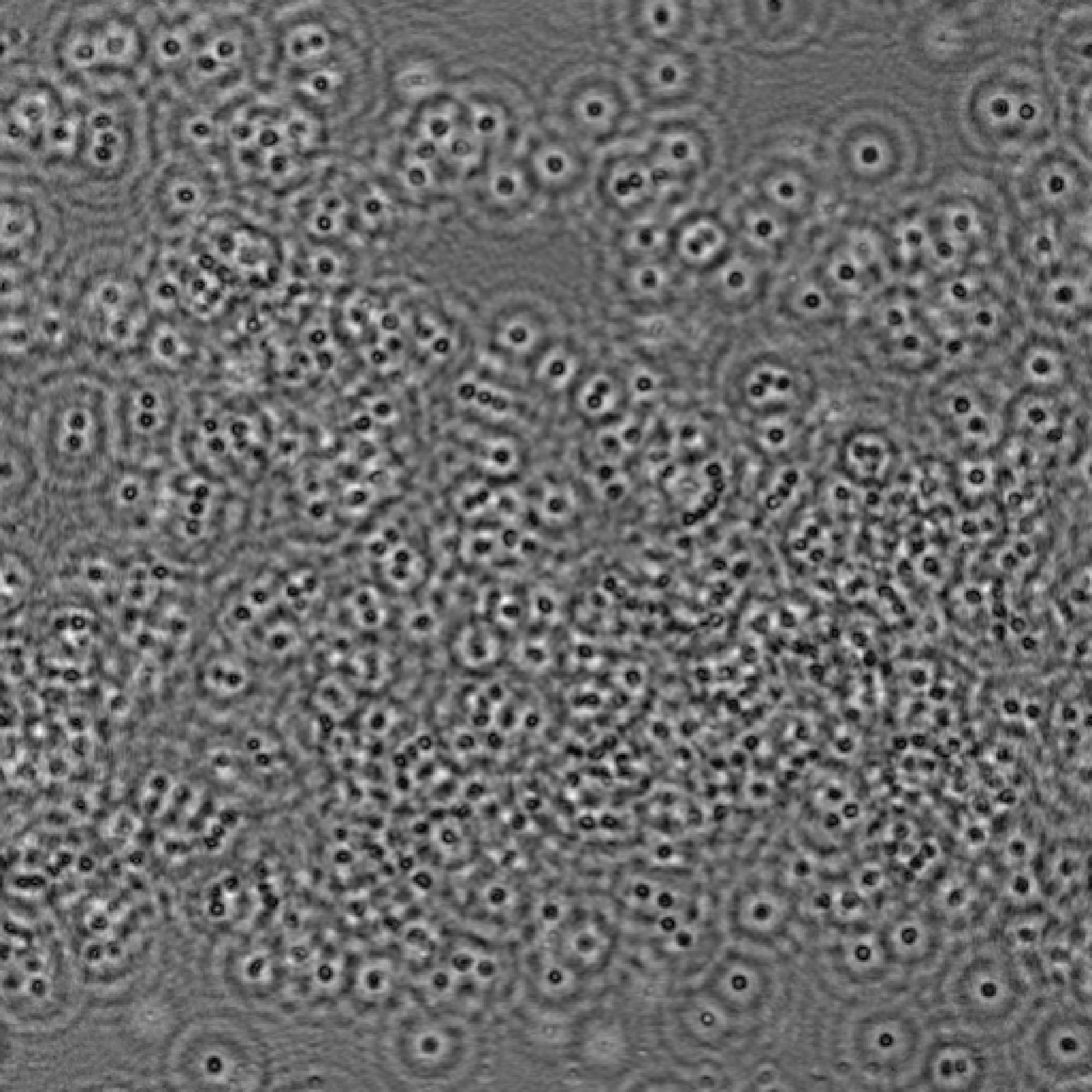 |
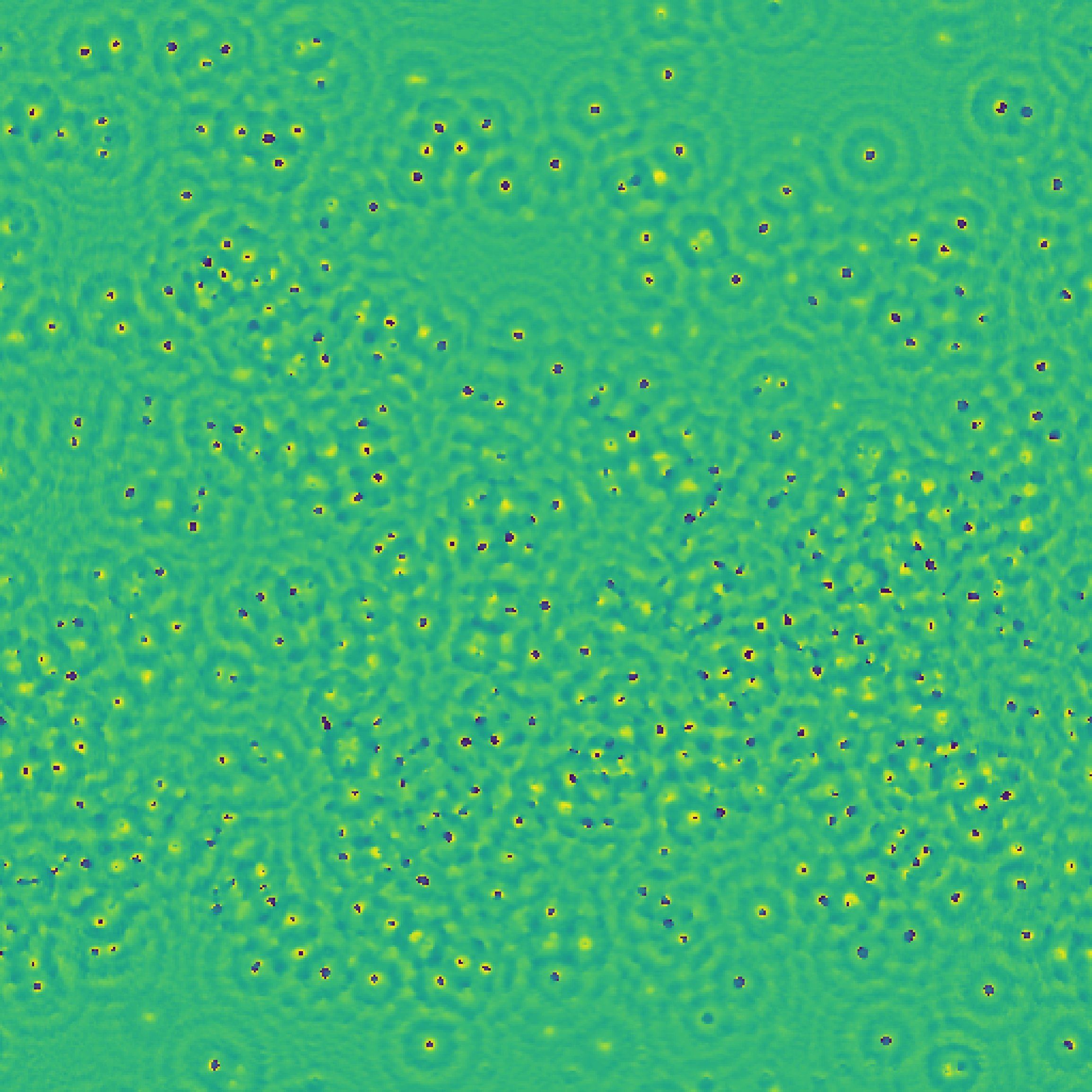 |
| method | image size | iteration | time cost | workstation |
|---|---|---|---|---|
| DCOD | 512 $\times$ 512 | 30000 | ~40 miniutes | Nvidia Tesla k80 GPU |
| Ours | 512 $\times$ 512 | 2500 | ~36 seconds | Nvidia GTX 1080 GPU |
| Ours | 1024 $\times$ 1024 | 2500 | ~113 seconds | Nvidia GTX 1080 GPU |
Bibtex
@article{Chen2023,
title = {Differentiable holography},
author = {Ni Chen and Congli Wang and Wolfgang Heidrich},
year = {2022},
month = {June},
doi = {10.1002/lpor.202200828},
url = {},
}
References
-
M. R. Hughes, “Inline holographic microscopy through fiber imaging bundles,” Appl. Opt. 60, A1-A7 (2021). ↩ ↩2
-
W. Zhang, et. al., “Twin-Image-Free Holography: A Compressive Sensing Approach”, Phys. Rev. Lett. 121, 093902, 2018. ↩
-
https://github.com/microcombustion/Holography ↩
-
F. Niknam, et. al., Holographic optical field recovery using a regularized untrained deep decoder network. Sci Rep 11, 10903 (2021). ↩ ↩2 ↩3 ↩4 ↩5
-
F. Momey, et. al., “From Fienup’s phase retrieval techniques to regularized inversion for in-line holography: tutorial,” J. Opt. Soc. Am. A 36, D62-D80 (2019). ↩